Pergear released a 14mm F2.8 wide angle prime for full frame cameras a few years ago, and while it was nicely sharp, there were some areas that could be improved. But Pergear is back with a second attempt that has improved on a number of those shortcomings. The new Pergear 14mm F2.8 II features:
- More compact size
- Reduced flare (though this remains a vulnerability)
- A reduced minimum focus distance (from 43cm to 21cm for the new version)
- An improved design for the attachable filter holder
I didn’t test the first lens, but while there are a few areas where this ultra wide angle prime shows its budget origins (it costs $299 USD), but it also has some serious strengths, including incredibly sharpness even on my high resolution Sony a7RV (61MP).
It also has very low distortion for such a wide angle lens, making this a valid budget option for capturing interior spaces and retaining clean lines.
While colors are not also as accurate as more expensive lens with better optical glass, there was a certain charm to the color rendition in many images, leading to rich looking images.
If you’ve never shot with an ultra wide angle lens (the Pergear 14mm F2.8 II has an impressively wide 114° angle of view), you’ll discover that while the focal length does provide some composition challenges (you often need to get much closer to subjects than you might expect!), such a wide angle lens provides wonderfully dynamic images.
The Pergear 14mm F2.8 II is a manual everything lens, so won’t be for everyone, but a lens like this is easy to focus and shoot with…with a few caveats. Should you consider the 14II for an extreme wide angle alternative for your full frame mirroless camera (it comes in Sony E-mount [tested here], Canon RF, Nikon Z, and Leica L)? You can judge for yourself by either watching my video review below, reading my text review, or just enjoy the photos below.
Follow Me @ YouTube | Patreon | Instagram | Facebook | DA Merchandise | Flickr | 500px
Thanks to Pergear for sending me a review sample of this lens. As always, this is a completely independent review. *The tests and most of the photos that I share as a part of my review cycle have been done with the Sony a7RV along with the Sony Alpha 1 that serve as my benchmark cameras for Sony lenses.
Pergear 14mm F2.8 II Build and Handling
Pergear has reduced the size of the MK II version of the lens and given it a different profile. It is very compact now for a full frame lens at just 65mm in diameter and 80mm in length (2.56″ x 3.15″) and weighs in at 500g (17.6oz).
This is a manual everything lens, so both focus and aperture will be controlled via the corresponding rings on the lens barrel. The first ring is the manual focus ring which has a nice, definite damping with a surprisingly quality feel to the focus action. The focus throw is not long; about 110° from minimum to infinity.
There is a distance scale on the ring itself, while on the non-rotating part of the barrel there is hyperfocal markings for almost all the potential aperture values.
There is a narrow manual aperture ring beyond this with light but noticeable detents at half stop marks between F2.8 and F5.6. From F5.6 to F22 there are only single stop clicks for each aperture value.
The aperture action feels good, though I did note that the ring moves a little to the left of F2.8 and what feels like a full additional stop after F22, denoting a slight calibration issue.
Up front there is a very small fixed lens hood that helps protect the bulbous front element.
Typically this would preclude the use of traditional filters, but Pergear has a clever solution for that. There is a nicely made attachment that bayonets on the front of the lens that looks like an extended lens hood but is actually a filter holder with 82mm filter thread. The attachment is all in metal and nicely engineered with good tolerances. It bayonets in tightly and securely.
Just using the filter holder itself added no additional vignette, though vignette definitely intensified when using a stronger ND filter.
If I had one recommendation, it would be include an 82mm pinch cap in addition to the metal cap that fits over the fixed lens hood.
The lens feels complete with the filter holder in place, and I would be happy to keep the attachment on all the time and use a pinch cap to protect it. The included lens cap fits over the fixed lens hood.
The aperture iris has ten blades. You won’t be creating a lot of bokeh with this lens, so this is less about creating a circular aperture and more about creating a nice clean sunstar (even aperture blades produce the same number of blades on the sunstar, so we have a ten-bladed sunstar here).
The minimum focus distance is improved to 22cm, though the maximum magnification level is still very low (it looks like approximately 0.07x or so to me):
That doesn’t make for overly blurred out backgrounds, though I did still think that some close up images still had a certain charm to them.
There is no weather sealing on the lens, though it is internally focusing, so there should be relatively few ways that dust or moisture can intrude into the lens. The complete lack of electronics also means that there are fewer potential components to be impacted.
The Pergear 14mm F2.8 II has a surprisingly heavy weight for its compact size, but that’s largely due to having a very high degree of build of all metal and glass. It doesn’t feel like a budget lens in terms of the fit and finish, and isn’t bad to handle in the field at all.
Pergear 14mm F2.8 II Manual Focus Observations
Many people have a very negative perception of manual focus lenses as they don’t enjoy manual focus or feel like it will result in a lot of missed shots. The truth of the matter with a lens like this is that there is actually very little focusing involved. If you are shooting at 14mm and stop down to F4 then focus a distance of 2 meters in front of the camera, everything from less than a meter away from the camera to infinity will be in focus. The copy of the lens that I tested actually had a properly calibrated infinity focus, too, so I could just turn the focus ring to the hard stop at infinity and pretty much everything would be in focus all the time.
The only time I messed with focus is when I needed to focus on a close subject, and then using a focus aid like a colored focus overlay or magnifying the image in the viewfinder or on screen made nailing focus simple. I didn’t have one misfocused shot in my whole catalog of images taken with the lens, and, frankly, I didn’t spend much time focusing with it.
It may seem intimidating to use a manual focus lens, but that’s really not much of a difficulty here.
What I did find more of a challenge is metering in certain situations. There are no electronics in the lens, and I sometimes find that lenses without electronics and heavy vignette (which this lens has) makes for some challenges for metering. Some shots tend towards underexposure. I typically shoot in Aperture Priority (AV) mode, and most of the time the camera did a fairly good job metering, but not always. The worst sequence, in fact, was when I shot my test chart for various lens evaluations, and I actually ended up manually setting the exposure for the appropriate stops as I moved throughout the aperture options because I didn’t trust the camera’s metering results. I would say that this will provide more a challenge for less experienced photographers than manually focusing.
One final observation is that lenses without electronics will not transmit any EXIF data to the camera, so your photos will be missing some data like the lens designation, lens focal length, and the aperture value. The EXIF data will only record camera related information like the shutter speed and ISO value. There is some penalty to using a lens like this without electronics, but it’s not quite as severe as some people might think.
Pergear 14mm F2.8 II Image Quality
The Pergear 14mm F2.8 II has a few optical weaknesses, but it also has some very impressive attributes for such a wide angle lens – namely incredible sharpness and very low distortion for such a wide angle of view. My first 14mm lens was a very similar kind of lens – the Rokinon (Samyang) 14mm F2.8, which I reviewed back in 2013. In some ways this Pergear lens reminds me of that one, in that, despite some evidence of being a lower budget lens, the images you can produce are quite impressive. But the Pergear is a much stronger lens all around, with better build, much lower distortion, and excellent sharpness that (unlike the Samyang) reach all the way to the corners. This is an extremely sharp wide angle lens even on a 61MP sensor.
There are a few optical issues to highlight, but a lot of strengths here. There’s one of each to look at if we inspect our distortion and vignette chart:
We see a surprisingly strong performance for distortion. There is a negligible amount of barrel distortion that you could easily leave uncorrected (I did not bother with correcting it in my real world images). I used a +3 to correct the barrel distortion for the result on the right above. Vignette is much more heavy, requiring a +76 to correct at F2.8 (nearly three stops), though I will note that vignette does diminish as you stop the lens down. Note that any kind of heavier vignette like this will get magnified in long exposure shots when using filters. The comparison below shows the same shot without a filter (left) and with a six stop ND filter on the right:
This isn’t a mechanical vignette issue (caused by the filter itself), but rather the natural vignette being amplified because comparatively less light is reaching the edges of the frame.
Longitudinal chromatic aberrations (LoCA) typically show up as purple/magenta fringing before the plane of focus and blue/green fringing beyond the plane of focus due to colors not being perfectly focused together. They typically diminish as the lens is stopped down to smaller apertures. I didn’t see any real world LoCA, though that wasn’t unexpected in a lens with such a wide focal length and a low magnification figure. There just isn’t much room for narrow depth of field with a lens like this. A lens like this would be more likely to suffer with Lateral chromatic aberrations (LaCA) that show up as fringing on either side of contrast areas (like tree trunks, for example) along the edges of the frame. Unlike LoCA, they do not improve when stopping the aperture down, but are much easier to correct for (typically a one click “remove chromatic aberrations” box in editing software). We can see once again that there is no evidence of any fringing near the edges of the frame.
So far only the vignette shows in the negatives, and that’s a very common issue with wide angle lenses.
So how about sharpness? I’ve used the very high resolution (61MP) Sony a7RV for this series of tests, which obviously sets an exacting standard for sharpness and contrast. Here’s a look at the test chart:
And here are the 14mm F2.8 crops at about 180% magnification, taken from the center, then mid-frame, and then extreme lower right corner:
We see an extremely sharp center, good (though slightly softer) mid-frame, and corners not far behind the mid-frame. That’s very good for such a wide angle lens, particularly in the corners. The lens is probably helped by the low distortion there, as the corner sharpness doesn’t take a hit by being stretched.
At a more typical 100% magnification, this translates to excellent real world sharpness, allowing you to take great photos even at night:
Stopping down to F4 sharpens up the midframe and corners further. Here’s a look at the upper left corner with F2.8 on the left and F4 on the right.
There’s more sharpness on tap by F5.6, and the corners really sparkle by this point (F4 on the left, F5.6 on the right):
Landscape aperture shots look great, with lovely detail all throughout the frame.
F5.6 and F8 look great, but after that diffraction on my high resolution test camera will start to diminish contrast. F11 still looks pretty good, but the image is noticeably softening by F16 and very soft by F22.
I didn’t get a chance to shoot stars, but I did see a low instance of coma in the corners of the frame for nighttime images, so this actually would be a pretty decent budget astro lens.
While Pergear says that this lens is improved for flare resistance, I still find this to be perhaps the biggest single weakness for the lens. In certain positions there are large ghosting issues, like the left hand of this lens.
In some positions, the flare resistance was fine, like in this shot:
Pulling down that same composition to a different spot, and we see a flashing of light across the frame.
Colors were not fully accurate, in my opinion, with a slight green bias. In my tropical shots, I felt like it worked, and images actually looked really great.
I loved a lot of my early morning shots along the ocean, as I felt the optical glass complimented this type of shot.
In some other settings, however, I felt the greens were a little oversaturated and had a slightly cartoonish look.
In general, however, I’m very impressed with the image quality from this lens. I did feel like I needed to spend a bit more time with basic edits (no correction profiles, a delicate hand with colors, etc…), but I was able to get a lot of images that I really liked.
For the money, I would say that you would be hard pressed to get more bang for your buck in an extreme wide angle lens. If you would like to see more images, check out my image gallery here.
Conclusion
To be honest, I didn’t have high expectations for this lens. Pergear is still “young” as a lensmaker, and a wide angle, wide aperture prime for full frame is not an easy engineering challenge. It’s clear that the first generation lens had some strengths, but it also had a number of significant weaknesses. There isn’t a huge time gap between these two releases, but from what I can see I would say that Pergear was probably wise to accelerate the development of this second generation lens, as there are some clear signs of maturing design in this Pergear 14mm F2.8 II. You can definitely get some great images even from the most high resolution full frame camera available right now.
The Pergear makes for a great night lens as well, as you don’t really need to think about focusing (once focus is set), allowing you to quickly grab images in any kind of lighting condition.
For most people, a 14mm lens is never going to be their primary lens. It’s probably not even your second lens. It’s a more specialized lens for certain situations, so, as a byproduct, I think there is a definite market for the Pergear 14mm F2.8 II because its price is so low. A smaller investment of under $300 USD makes more sense than spending $1000+ on a lens you might use less frequently. But what makes a lens like this intriguing is that for a small investment you can get a lens that is capable of producing really dynamic, engaging images. If you’re looking for a relatively inexpensive lens that will give you the kinds of images that a kit lens cannot give, the Pergear 14mm F2.8 II is an intriguing option despite having a few shortcomings.
Pros:
- Great price to performance ratio
- Compact size
- Overall nice build
- Good focus ring
- Very low distortion
- Excellent sharpness
- Low chromatic aberrations
- Clever filtering integration
Cons:
- Fairly heavy vignette
- Some flare issues
- Aperture ring calibration slightly off
__________________________________________________________________________________________________
GEAR USED:
Purchase the Pergear 14mm F2.8 II @ Pergear | Amazon (get 10% off) | Amazon Canada | Amazon UK | Amazon Germany
Purchase the Sony a7RV @ B&H Photo | Adorama | Amazon | Camera Canada | Sony Canada | Amazon Canada | Amazon UK | Amazon Germany
Purchase the Sony a7IV @ B&H Photo | Adorama | Amazon | Camera Canada | Sony Canada | Amazon Canada | Amazon UK | Amazon Germany
Purchase the Sony Alpha 1 @ Camera Canada | B&H Photo | Adorama | Amazon | Sony Canada | Amazon Canada | Amazon UK | Amazon Germany | Ebay
Purchase a Sony a9M2 @ B&H Photo | Amazon | Camera Canada | Amazon Canada | Amazon UK | Amazon Germany | Ebay</a
Want to support this channel? Use these affiliate links to shop at: B&H Photo | Amazon | Adorama | Camera Canada | Amazon Canada | Amazon UK | Ebay | Make a donation via Paypal
Buy DA Merchandise https://bit.ly/TWIMerch
Keywords: Pergear 14mm F2.8 II, Pergear 14mm, Pergear, 14mm, F2.8, II, Wide Angle, Full Frame, Pergear 14mm F2.8 II Review, Sony, Review, Sony Alpha 1, Sony a7IV, Sony a7RV, Review, Hands On, Dustin Abbott, Real World, Comparison, Sharpness, Bokeh, Flare Resistance, Autofocus, Image Quality, Sample Images, Video, Travel, Mexico, Cancun, Photography, let the light in, #letthelightin, DA


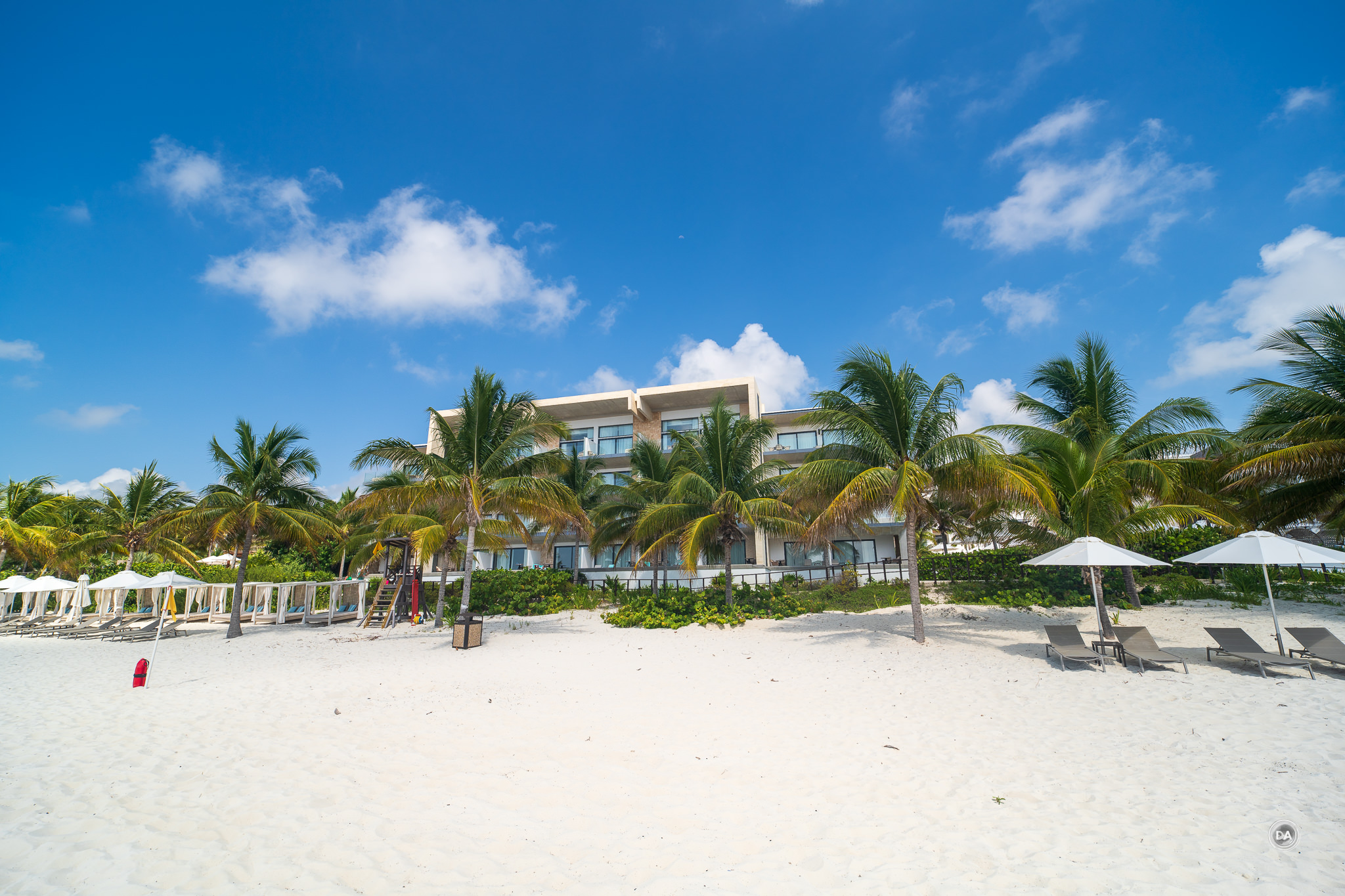
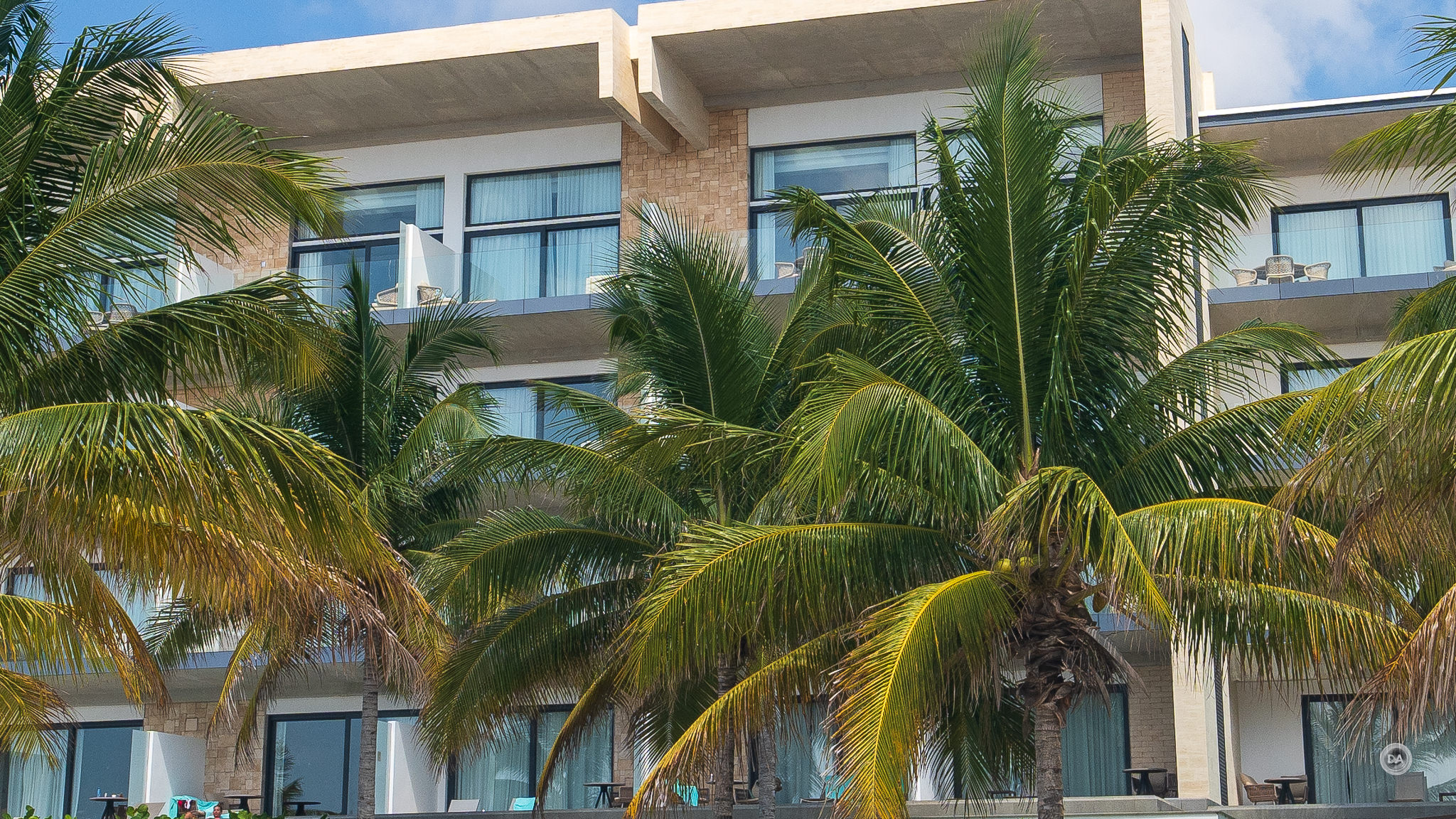
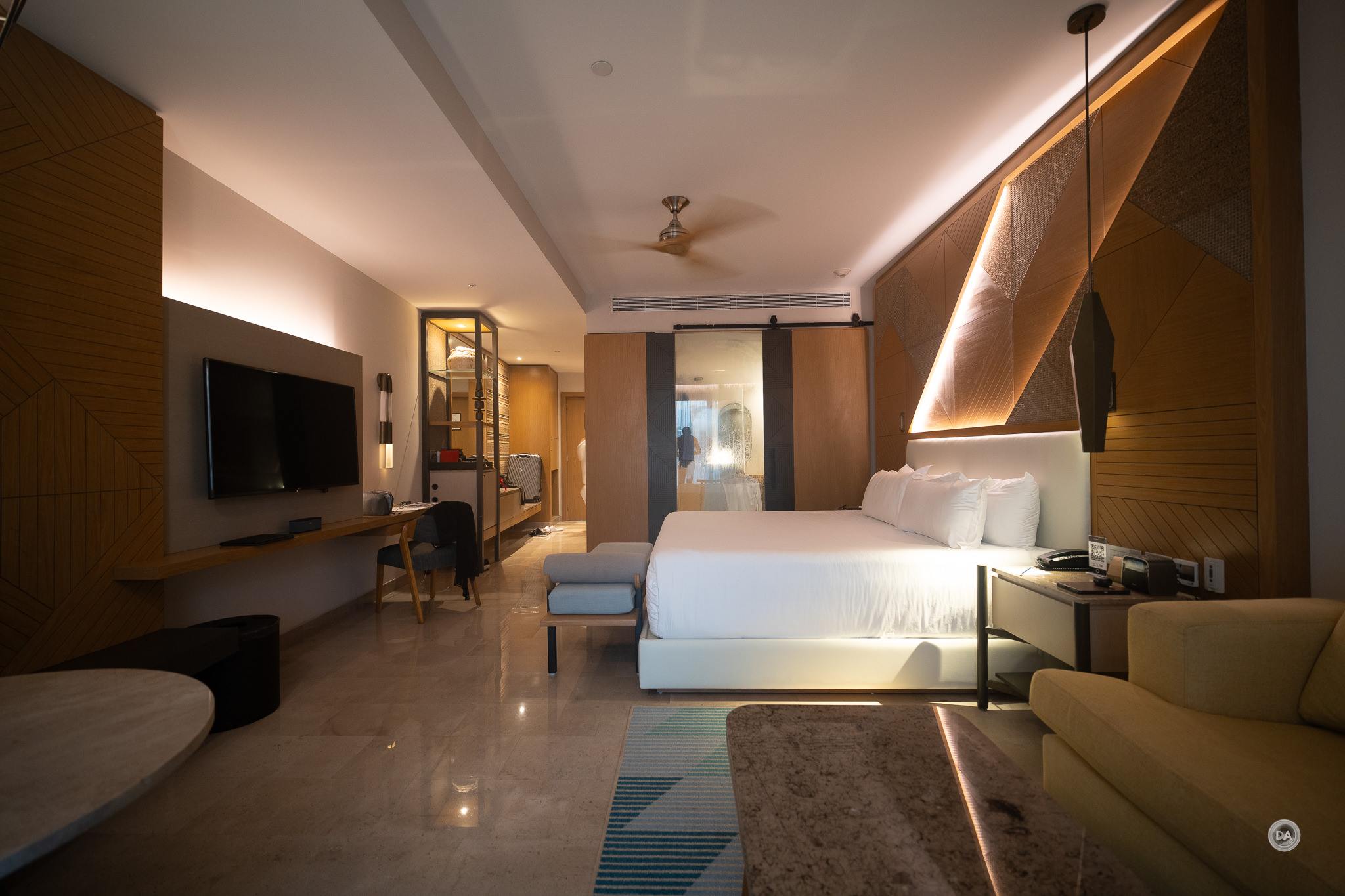
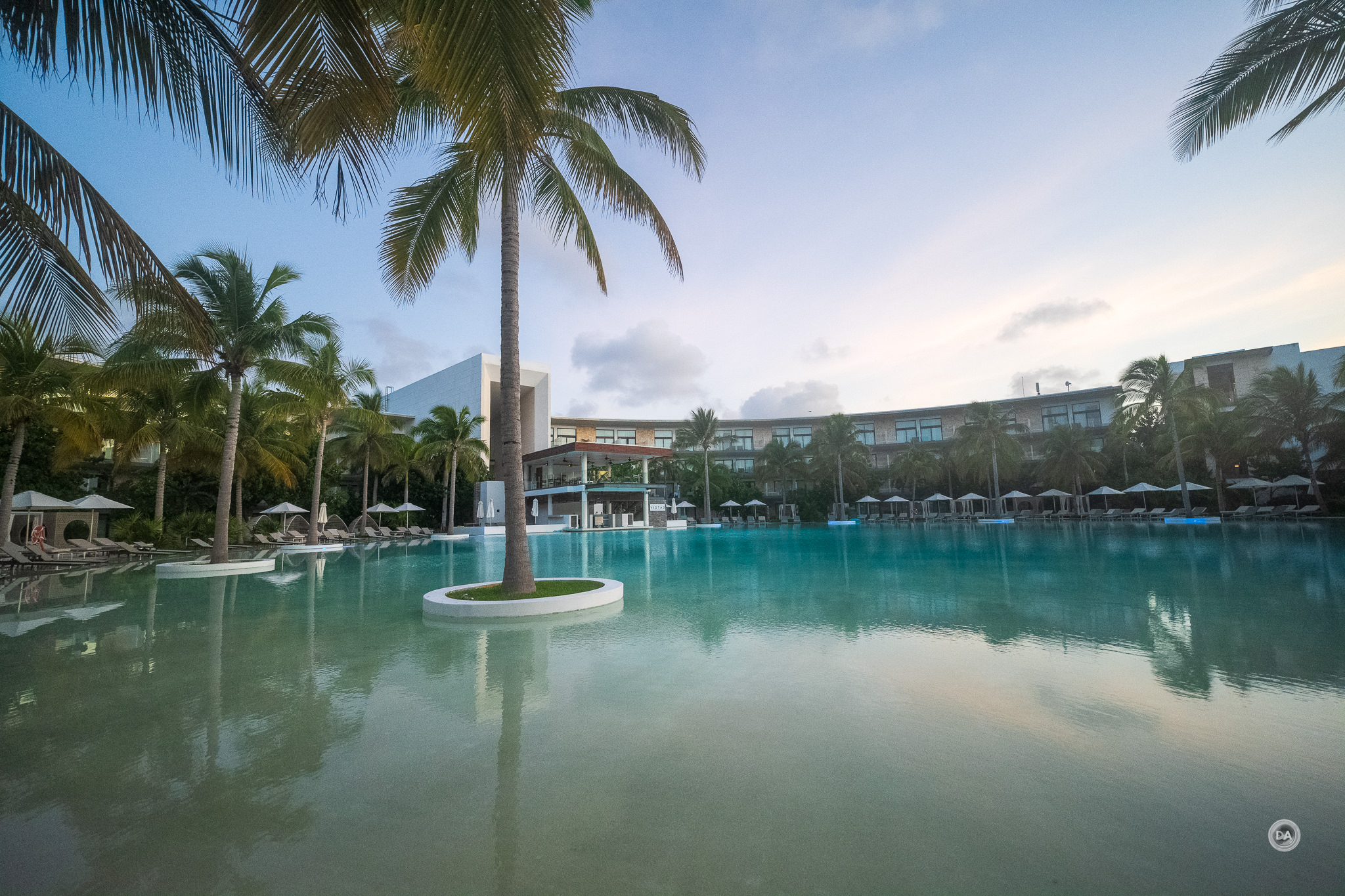
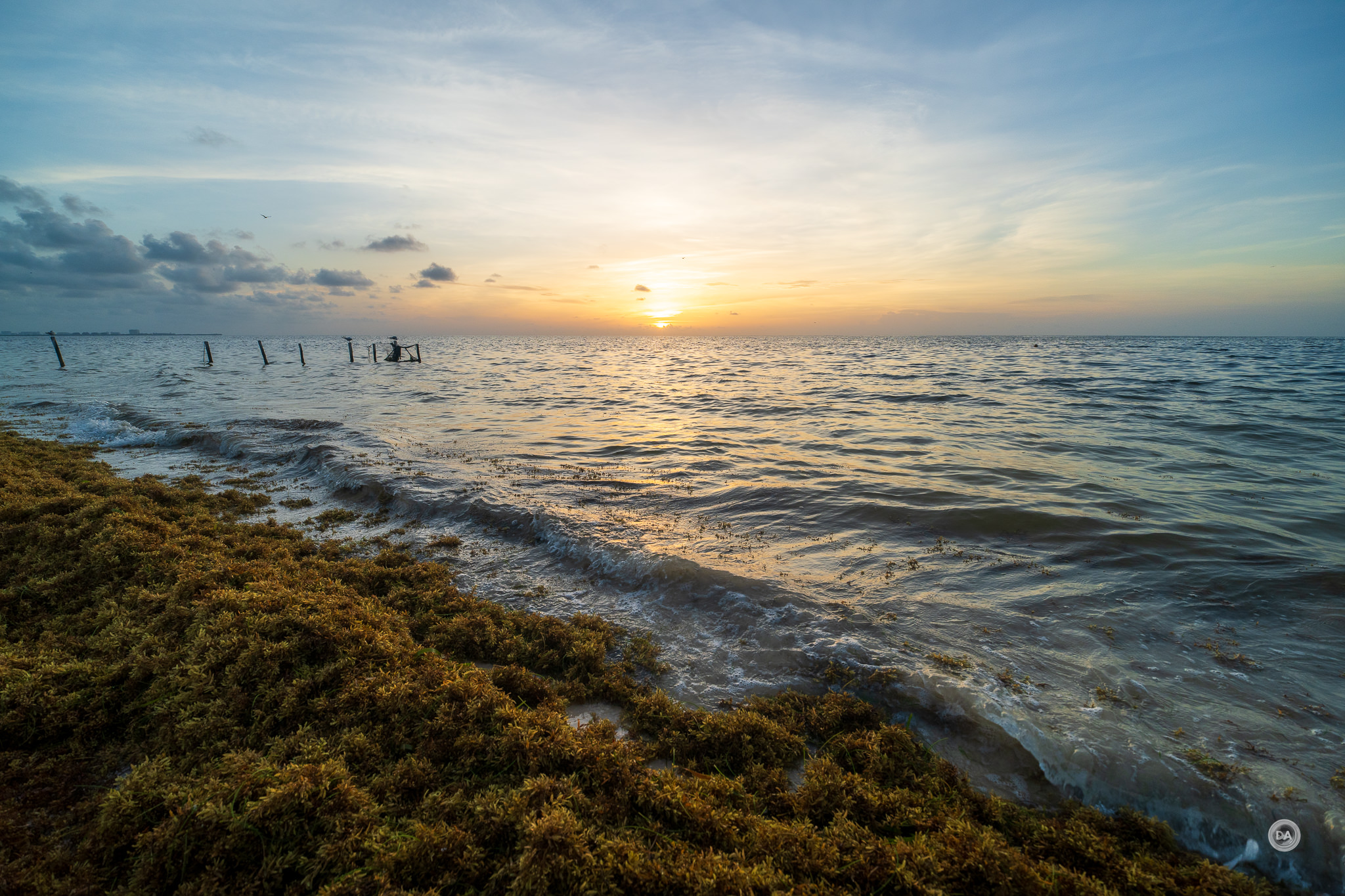

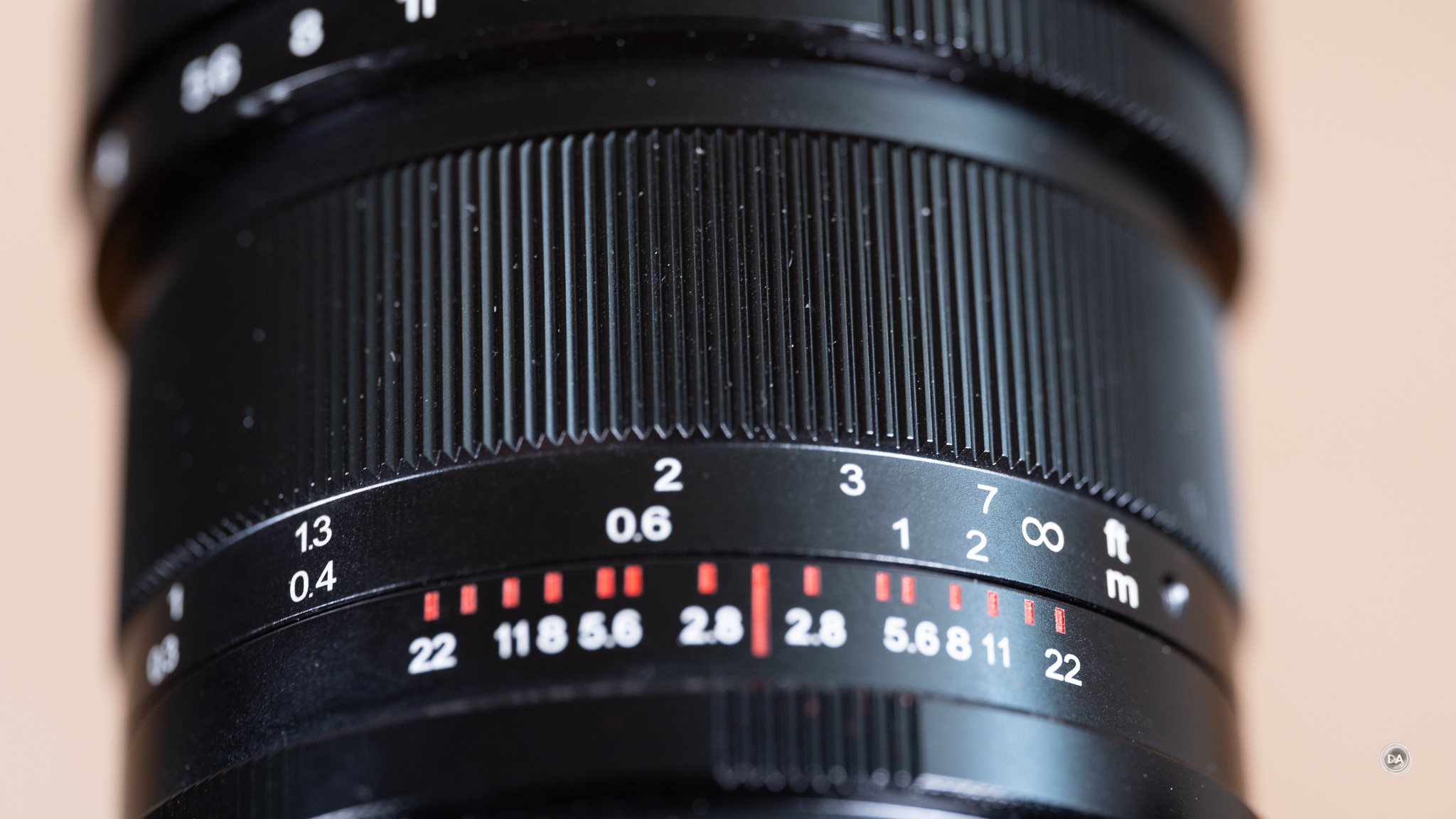
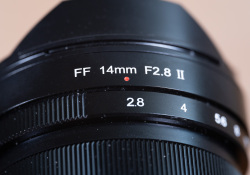

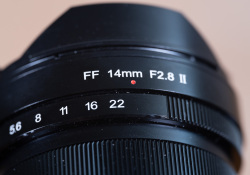

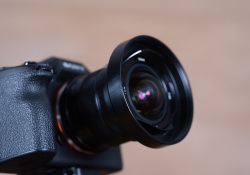

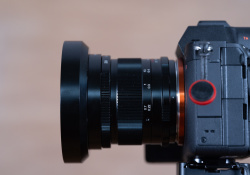
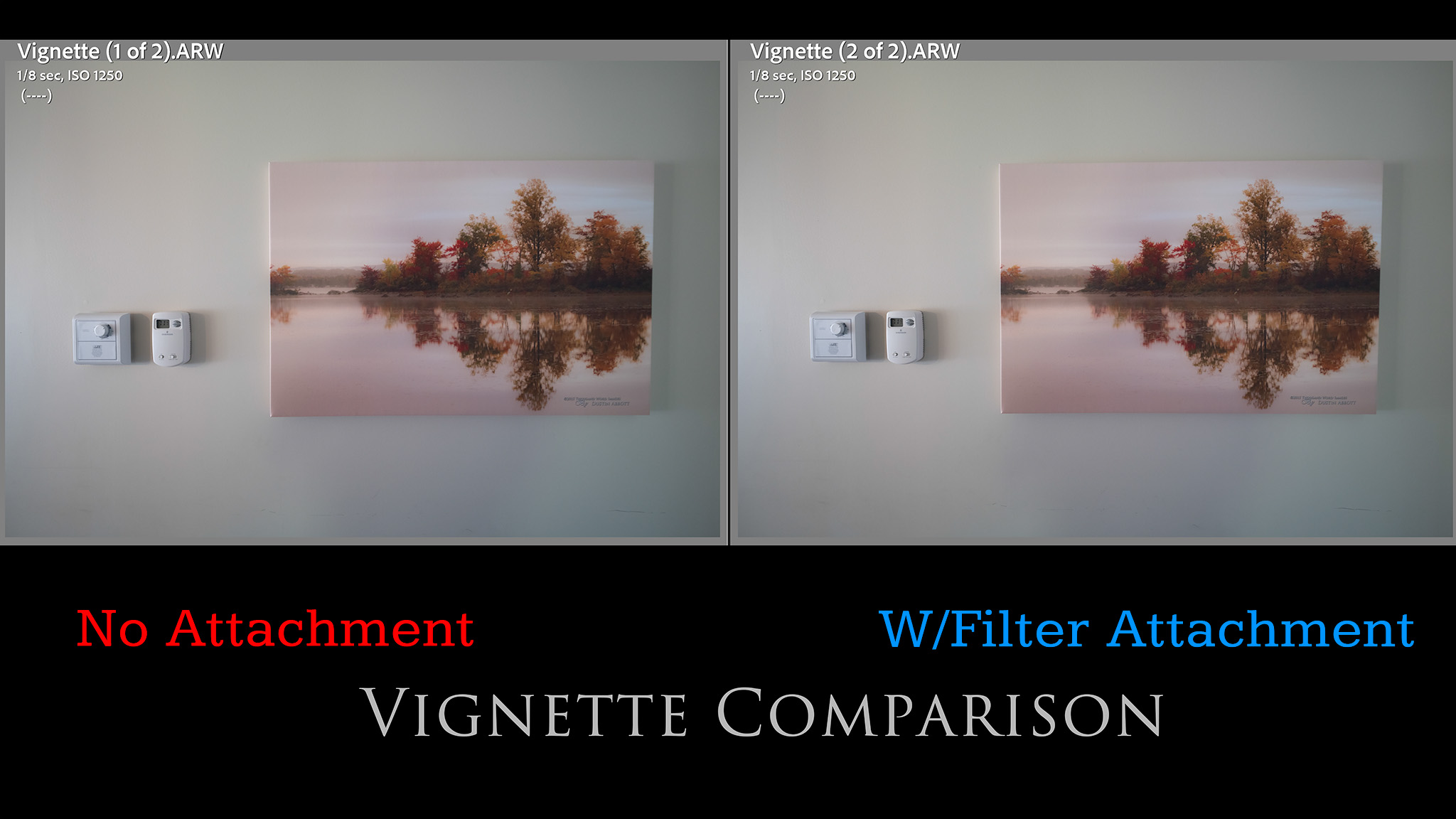
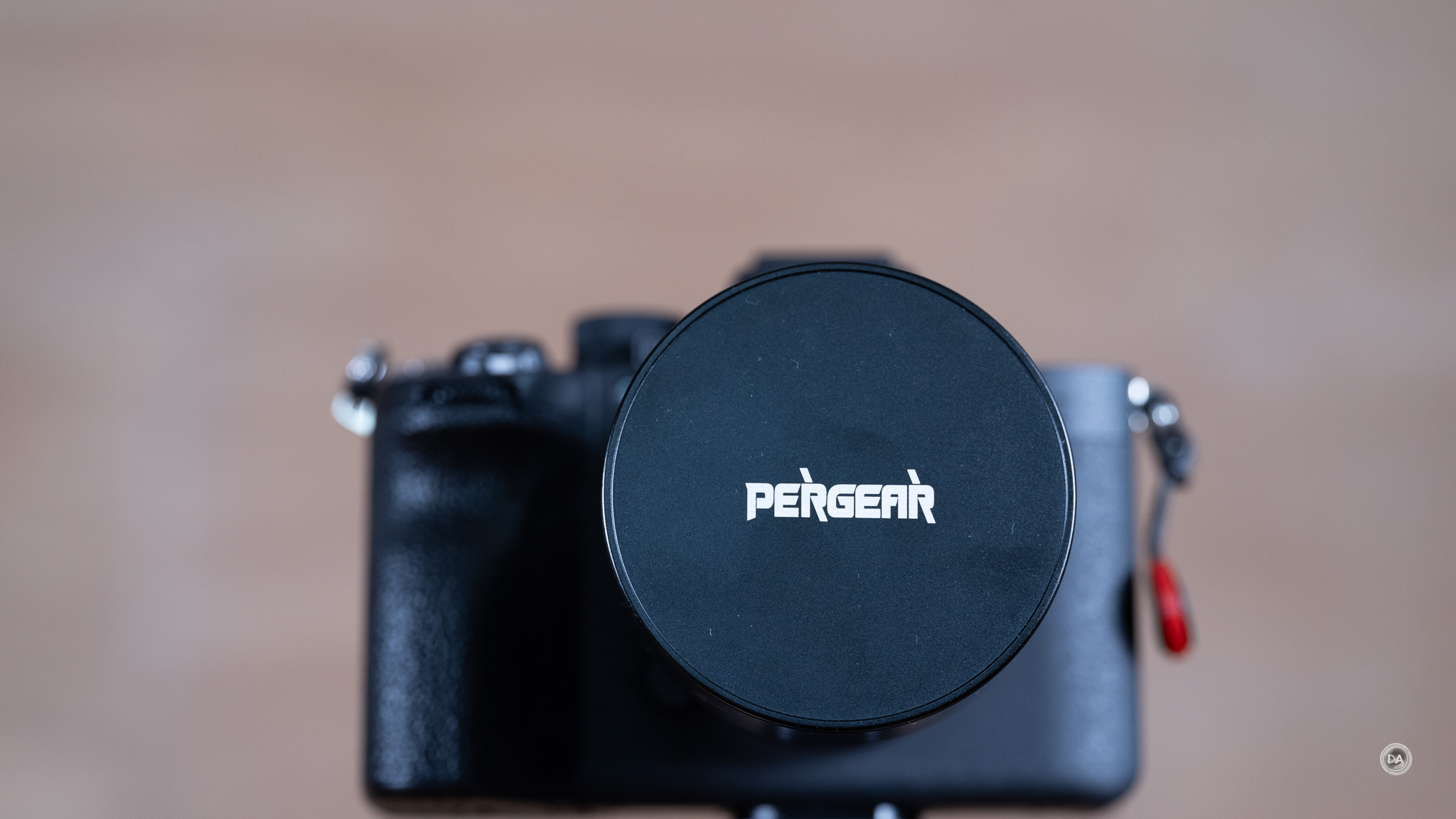
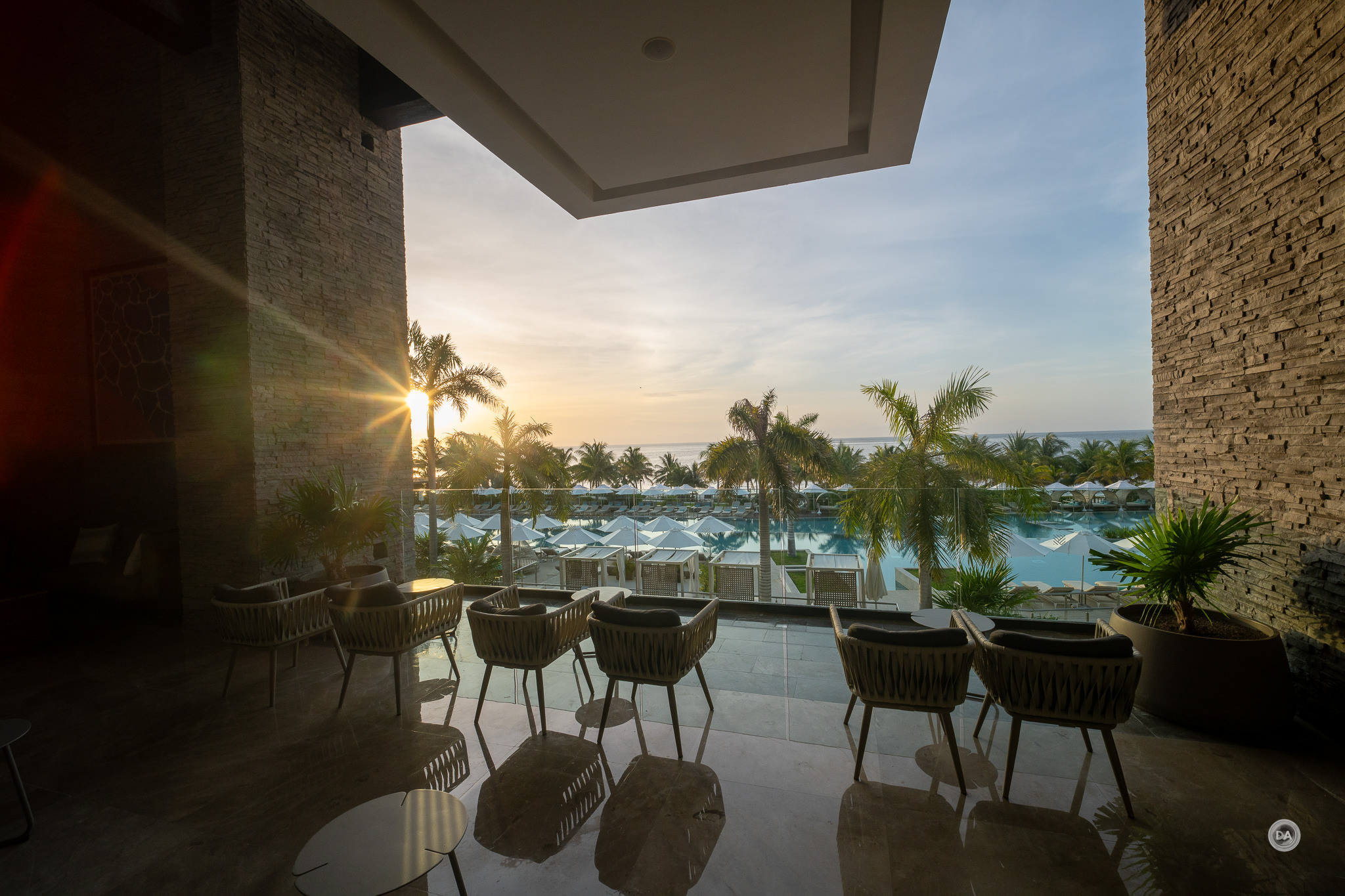
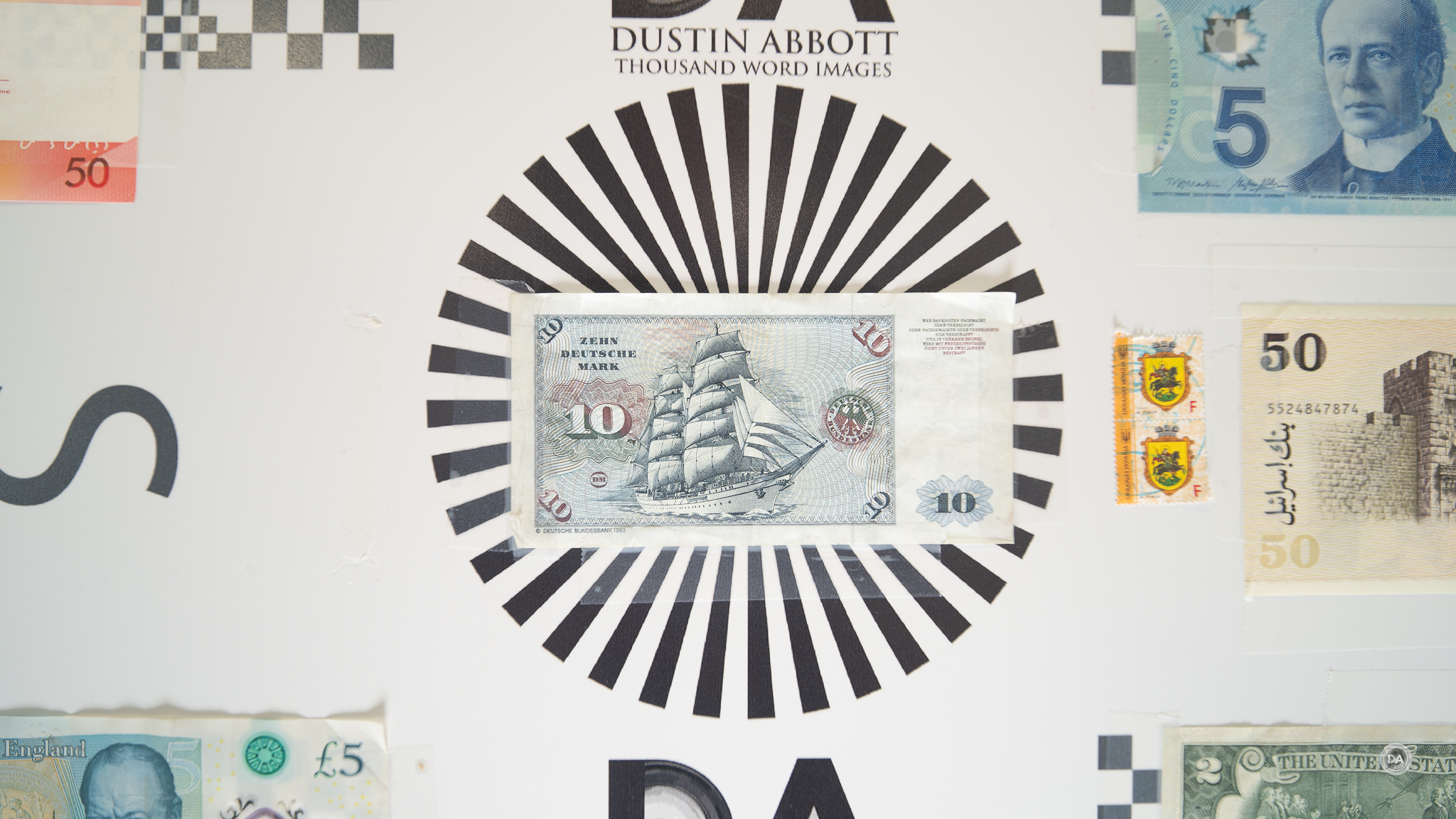

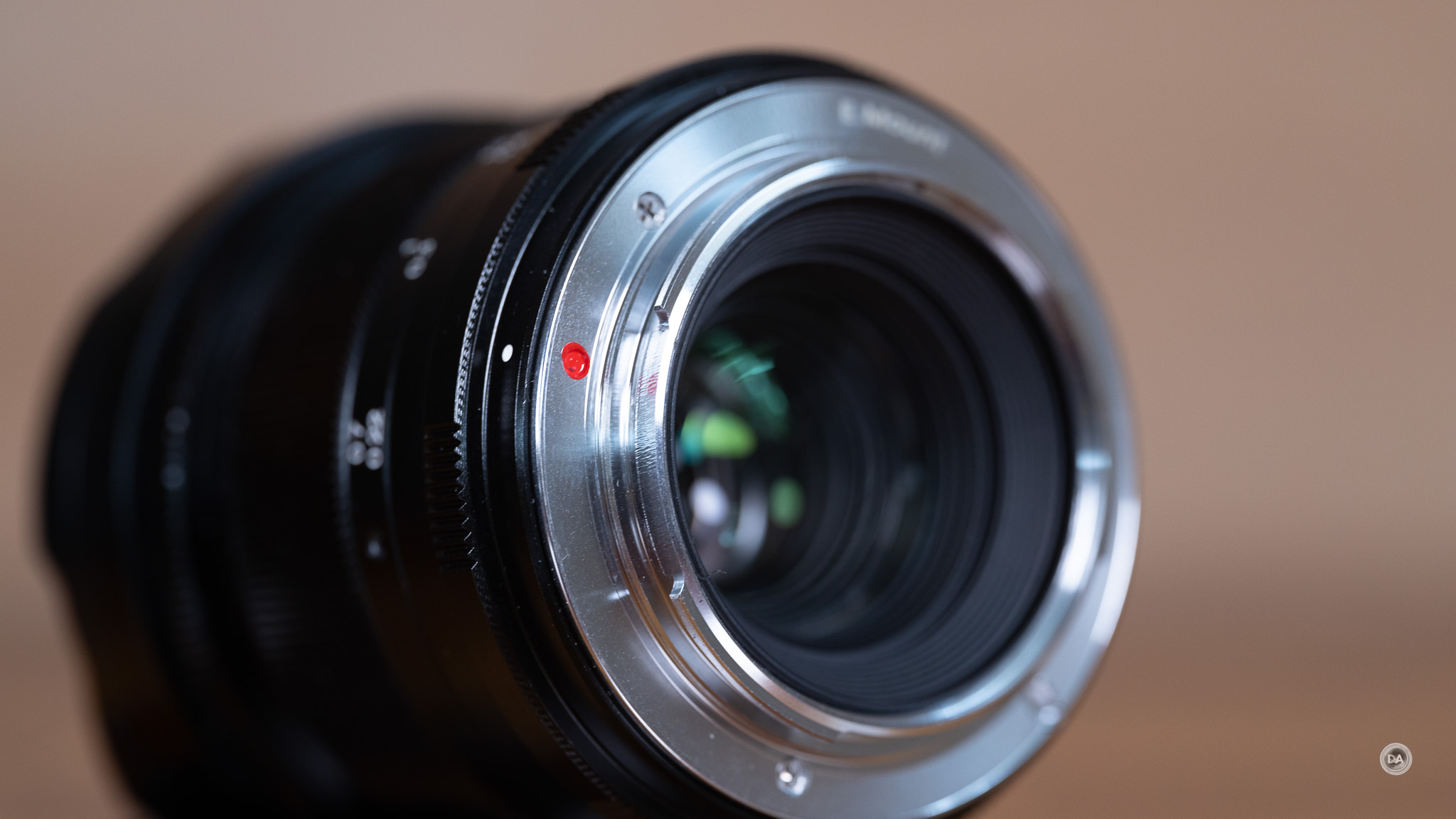
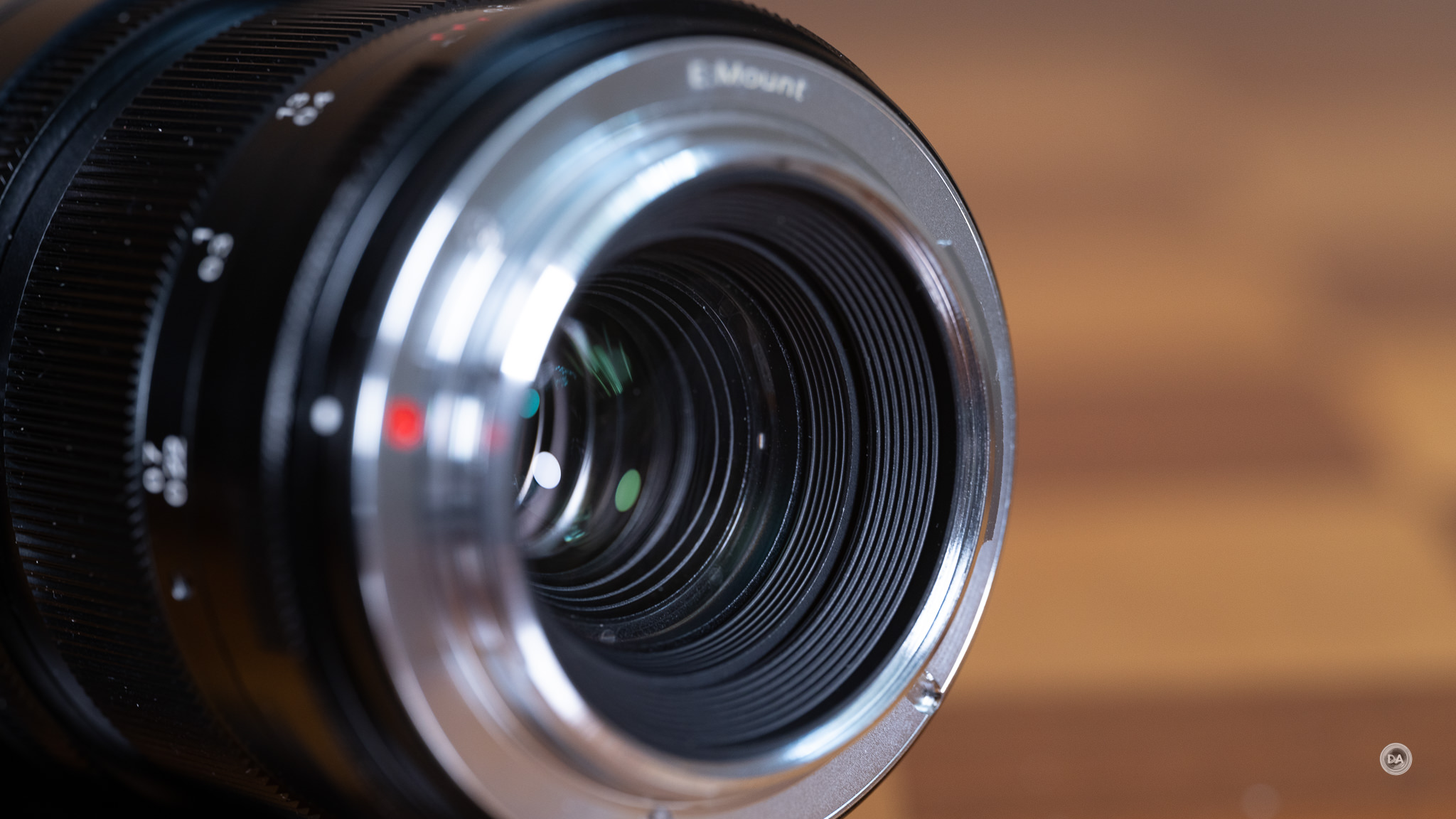
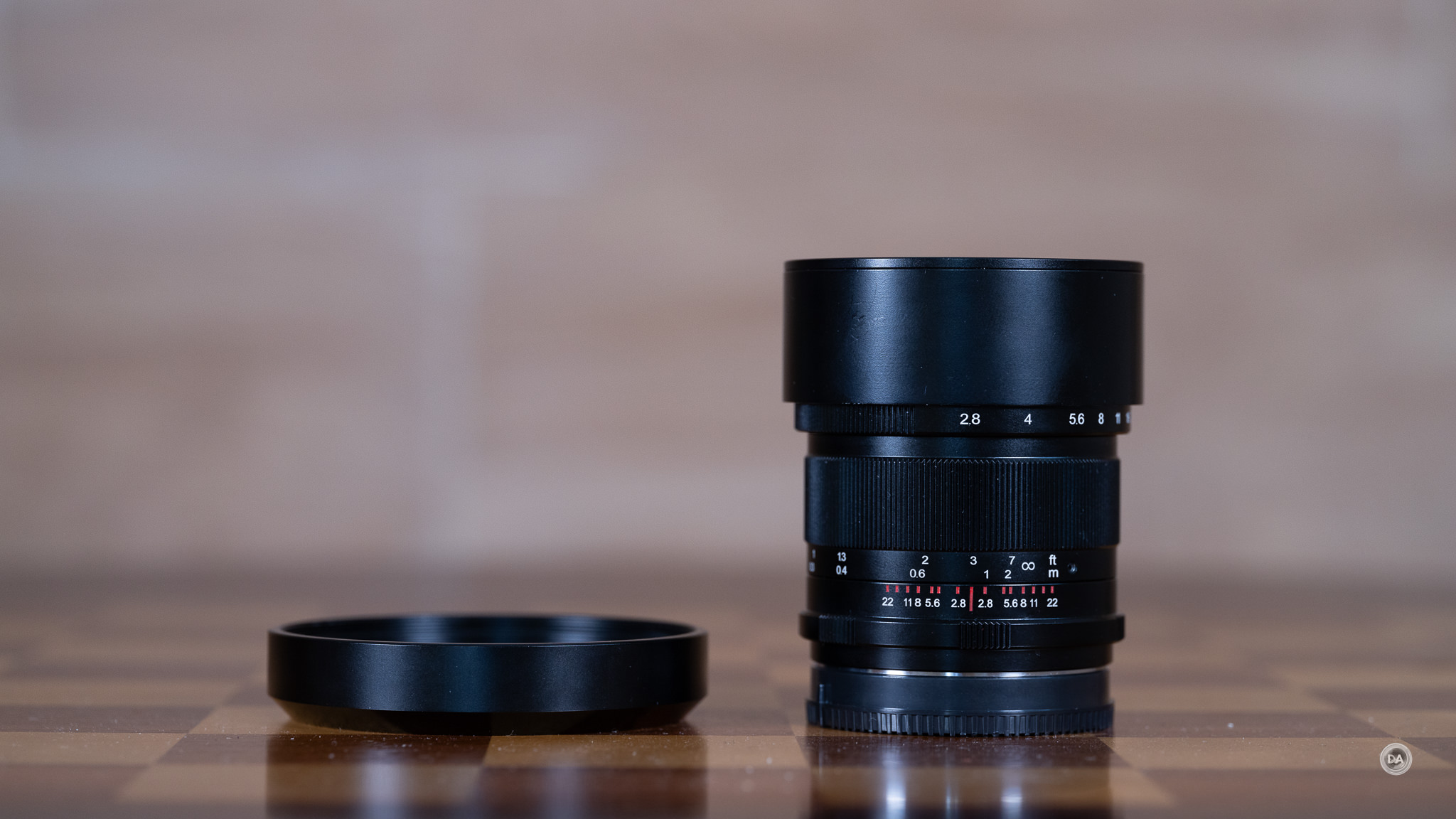
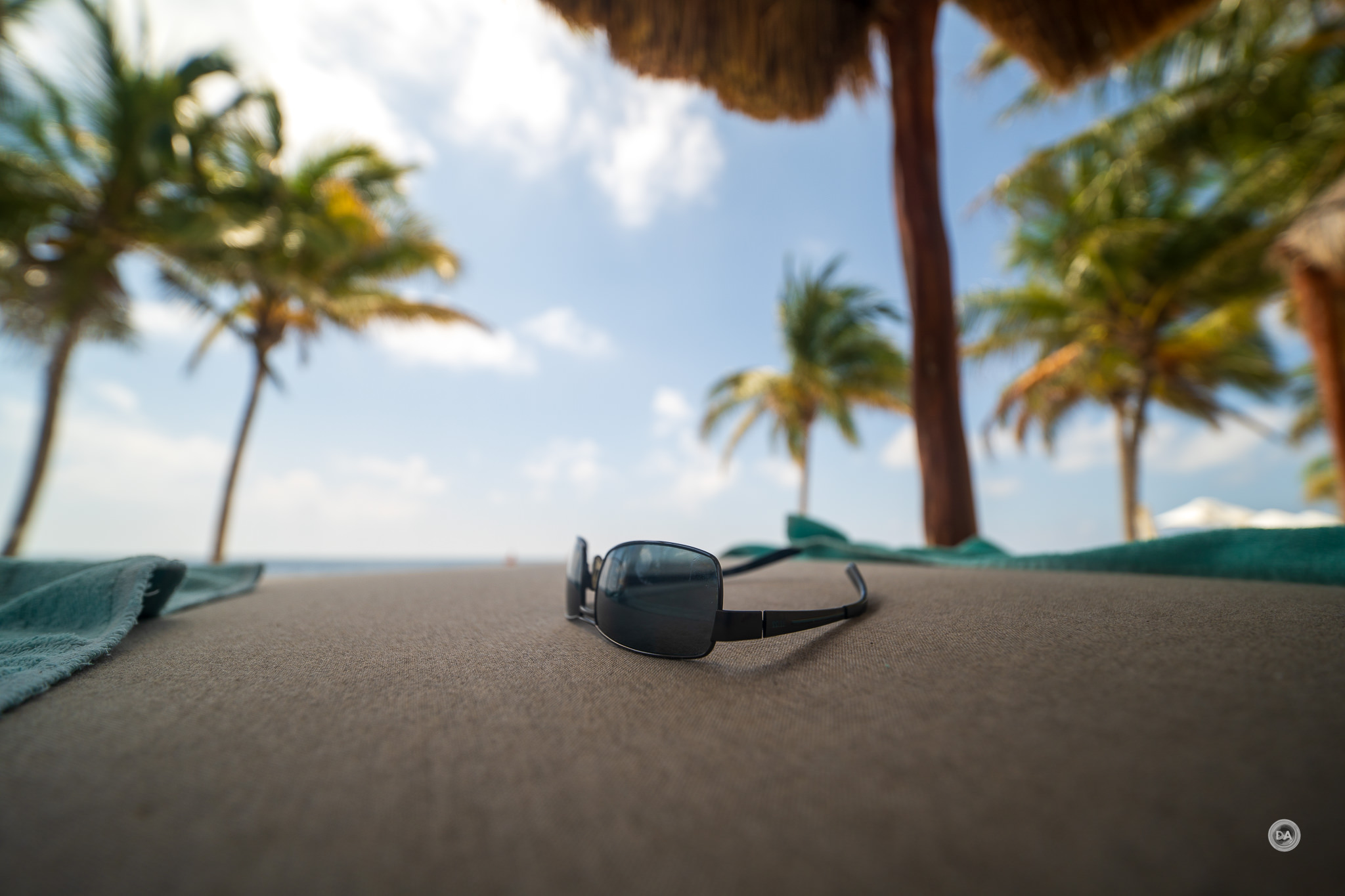
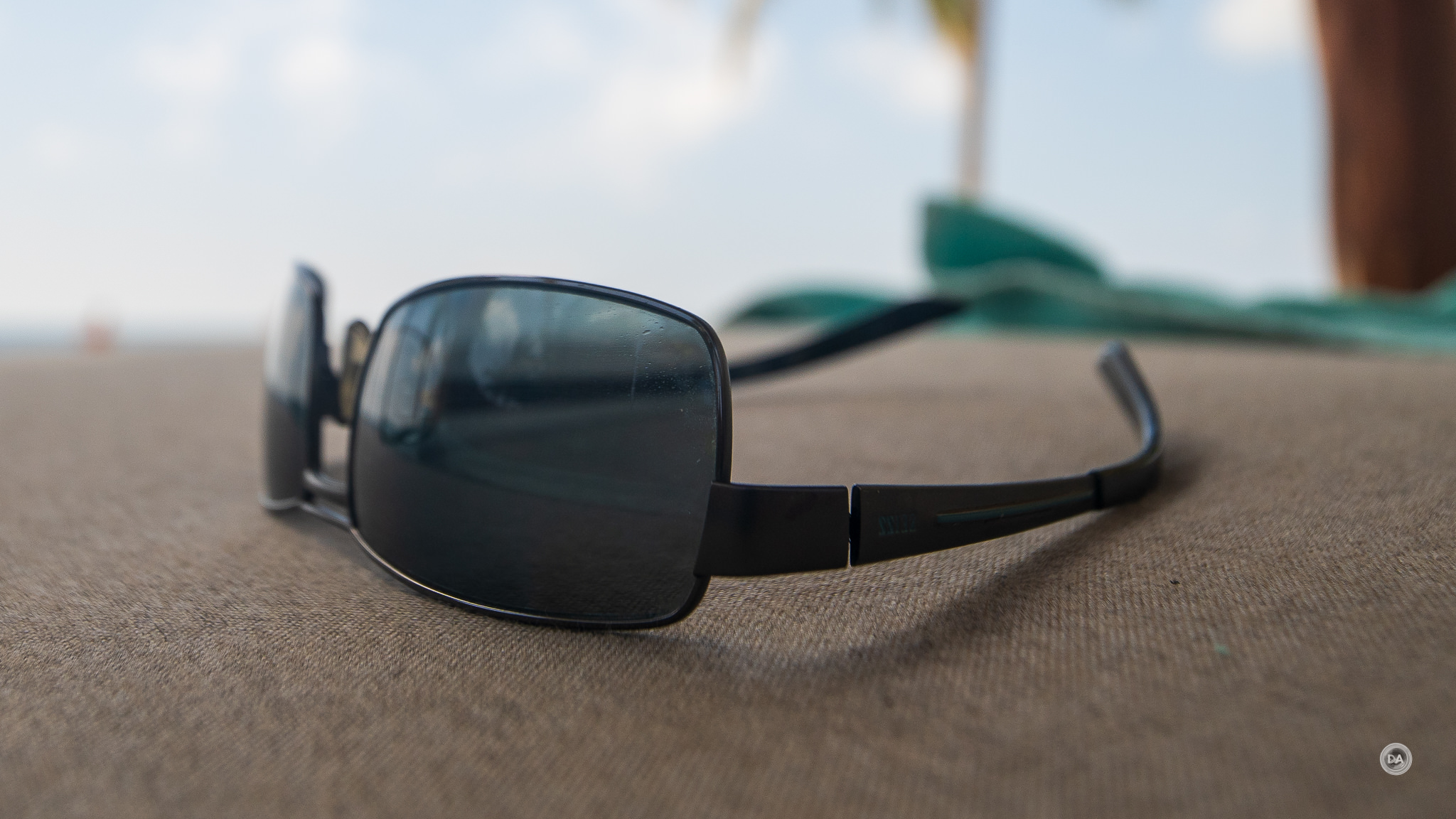
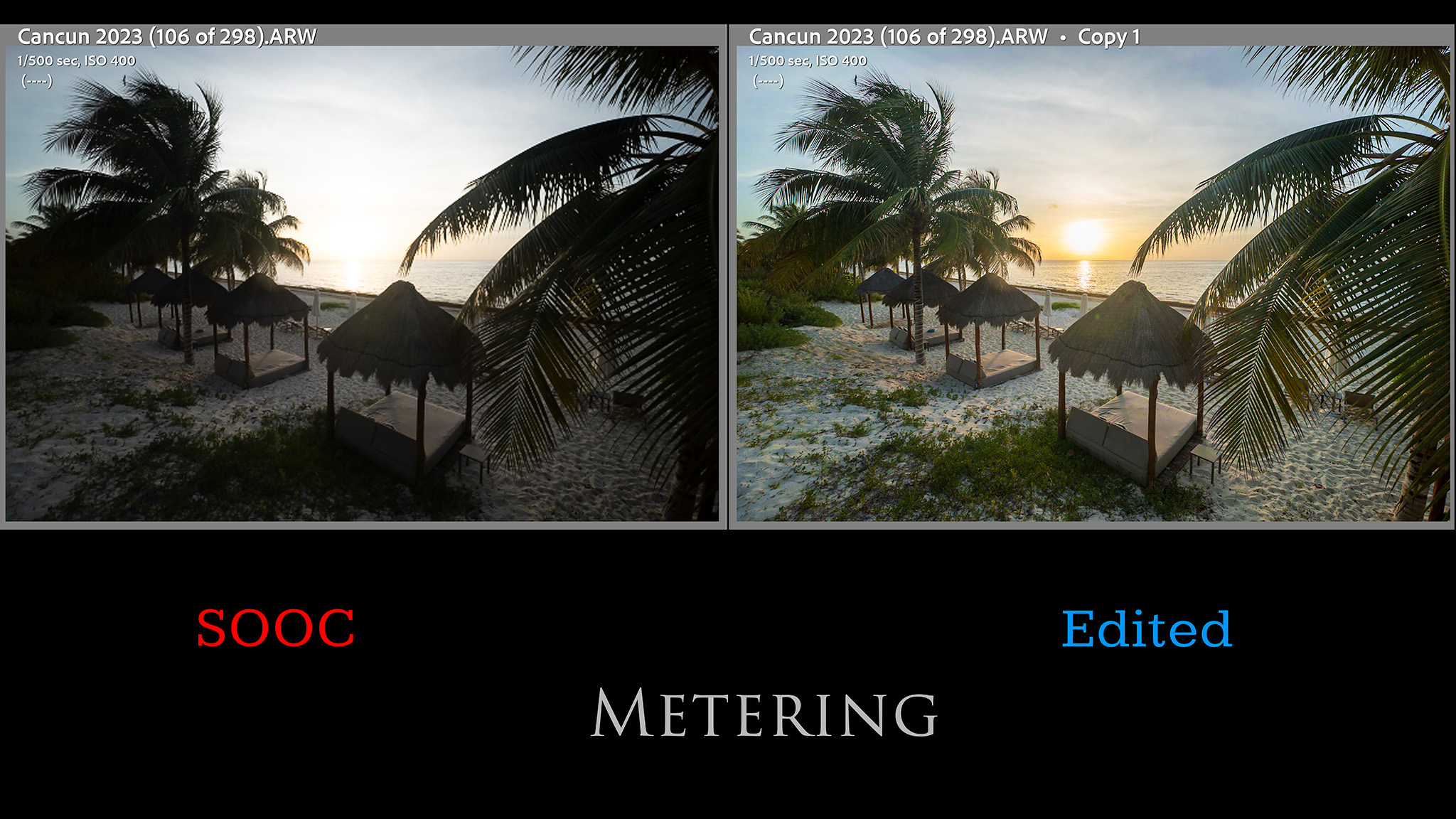
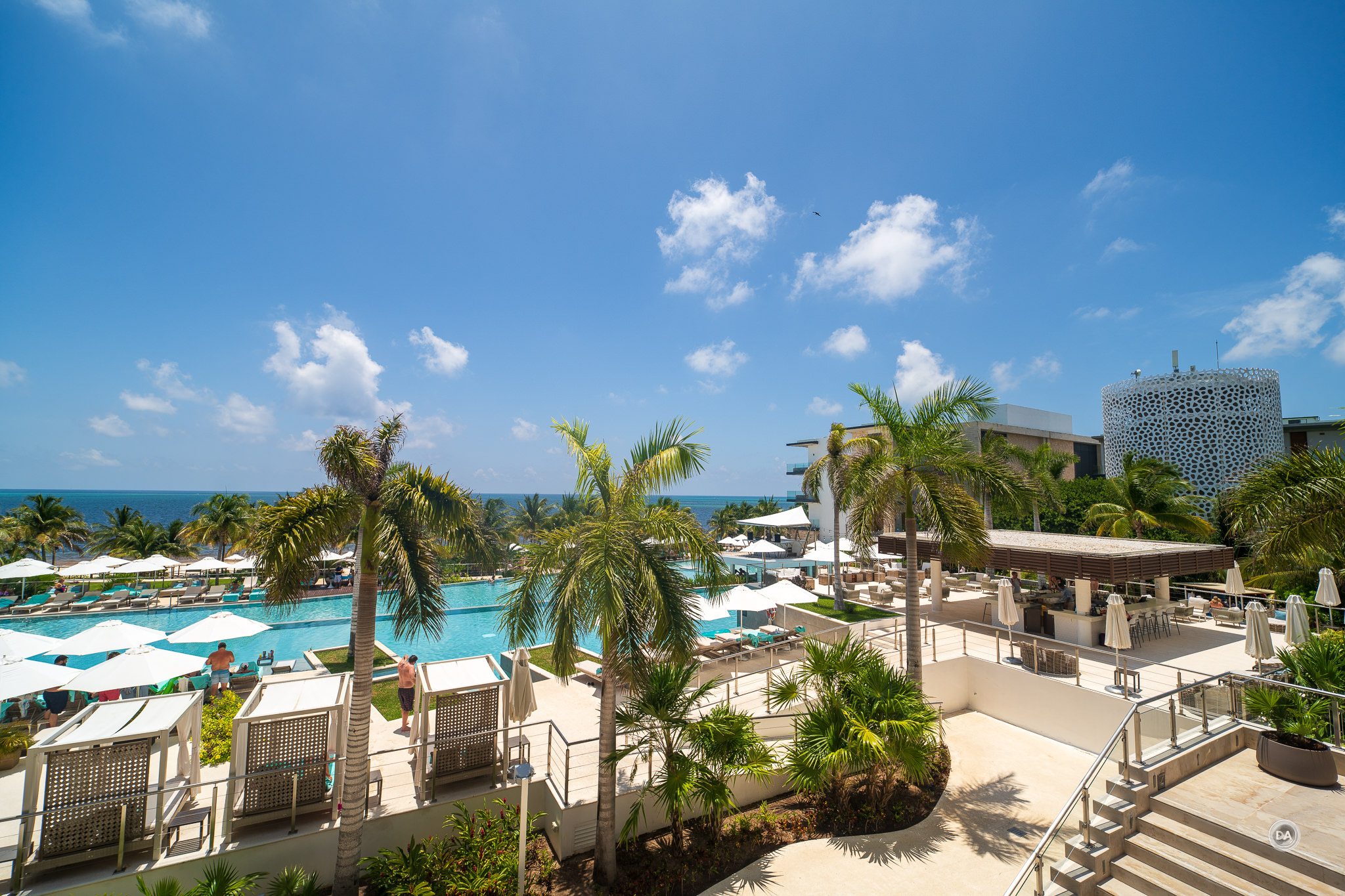
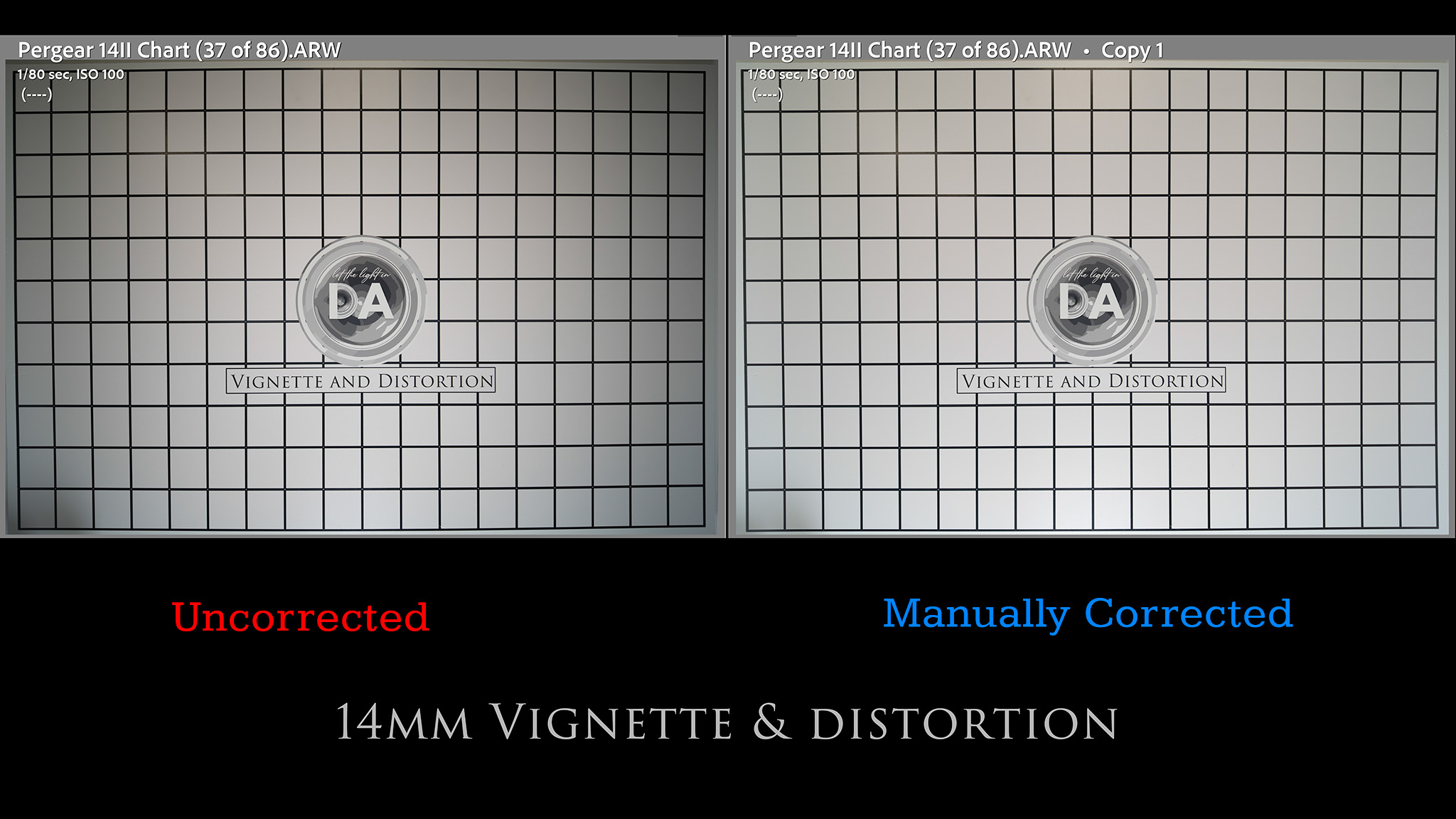
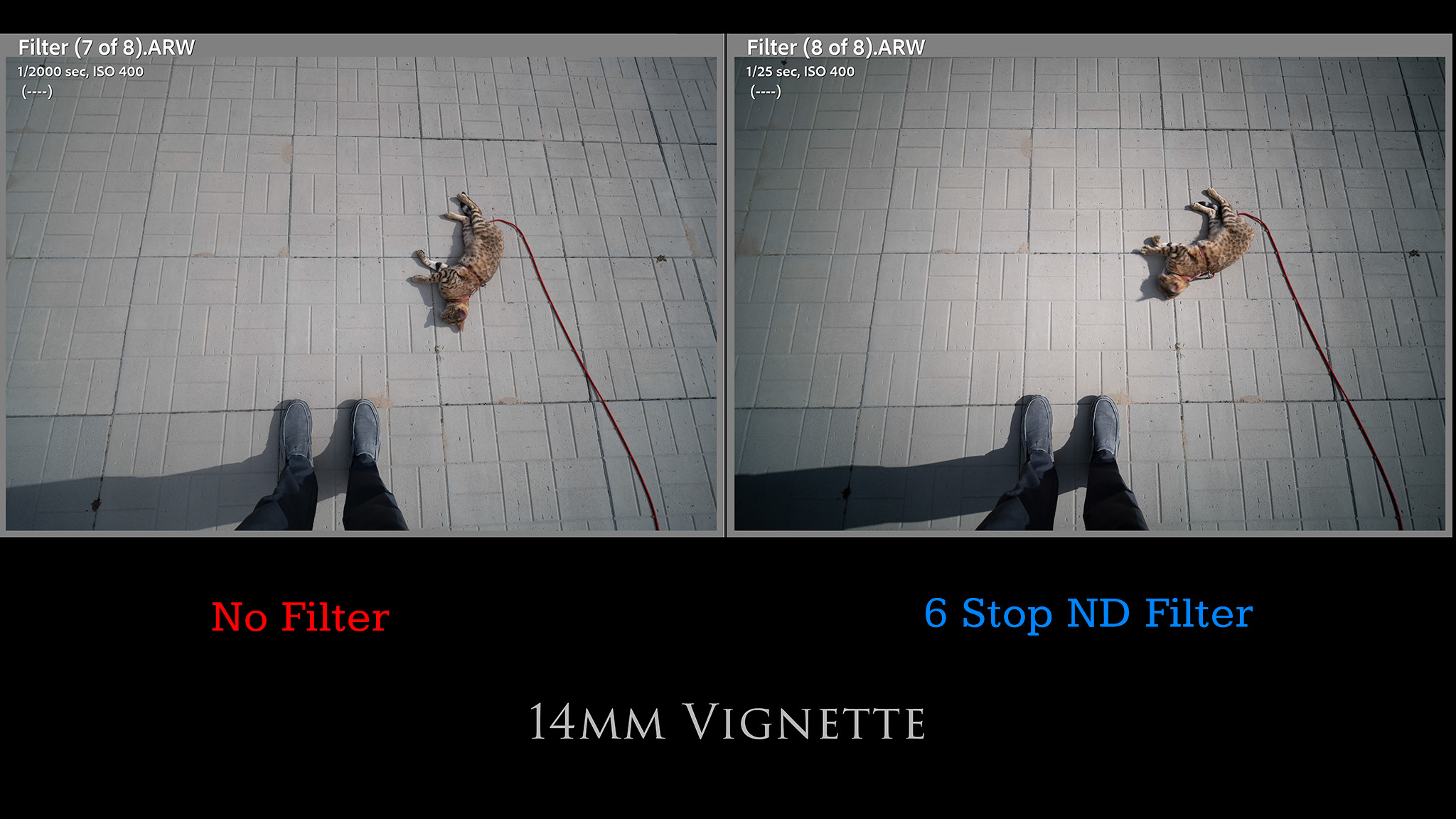

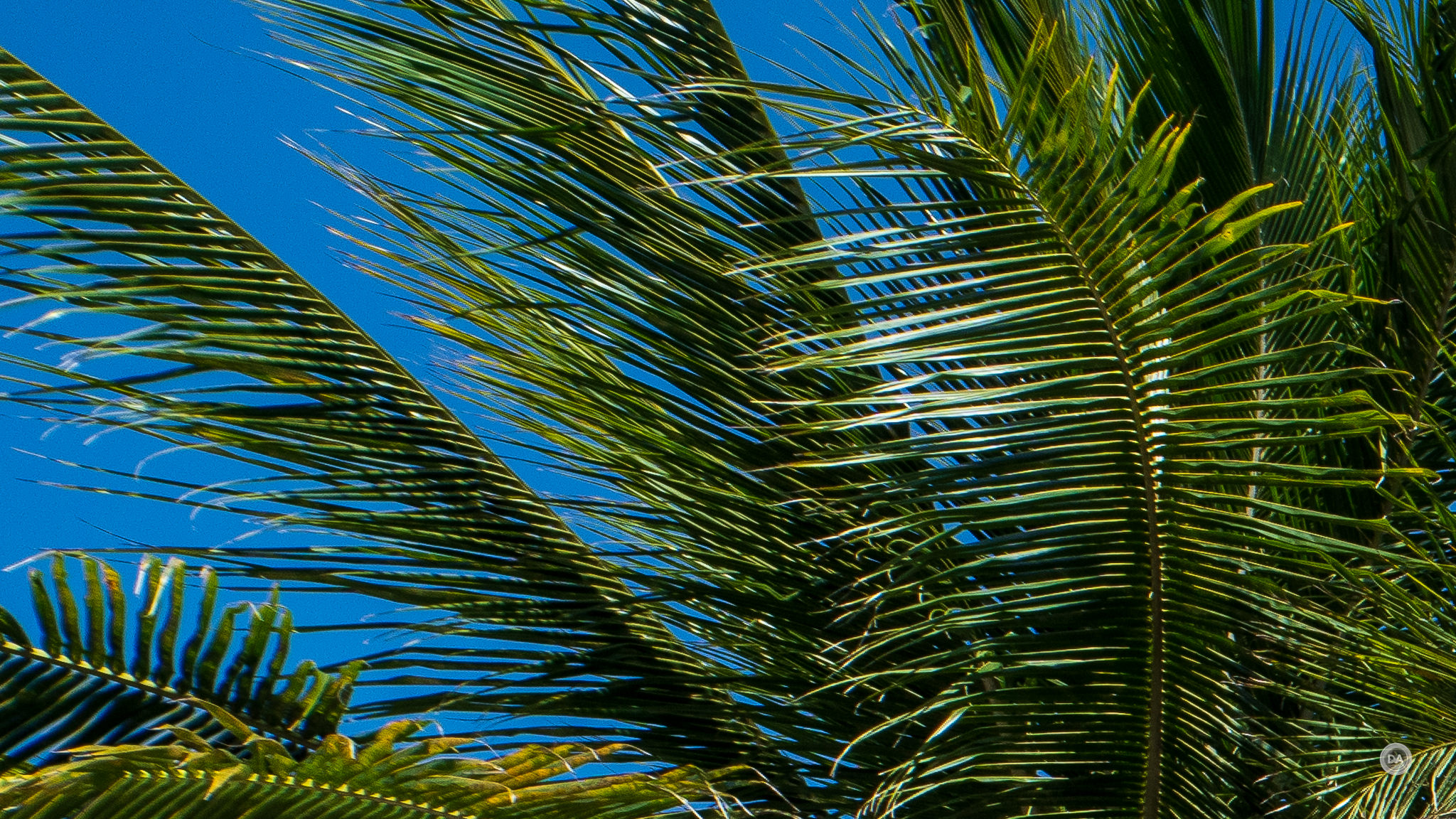




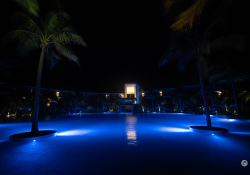
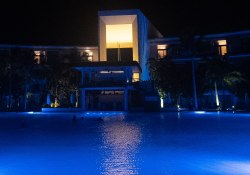
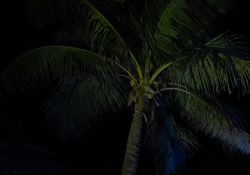
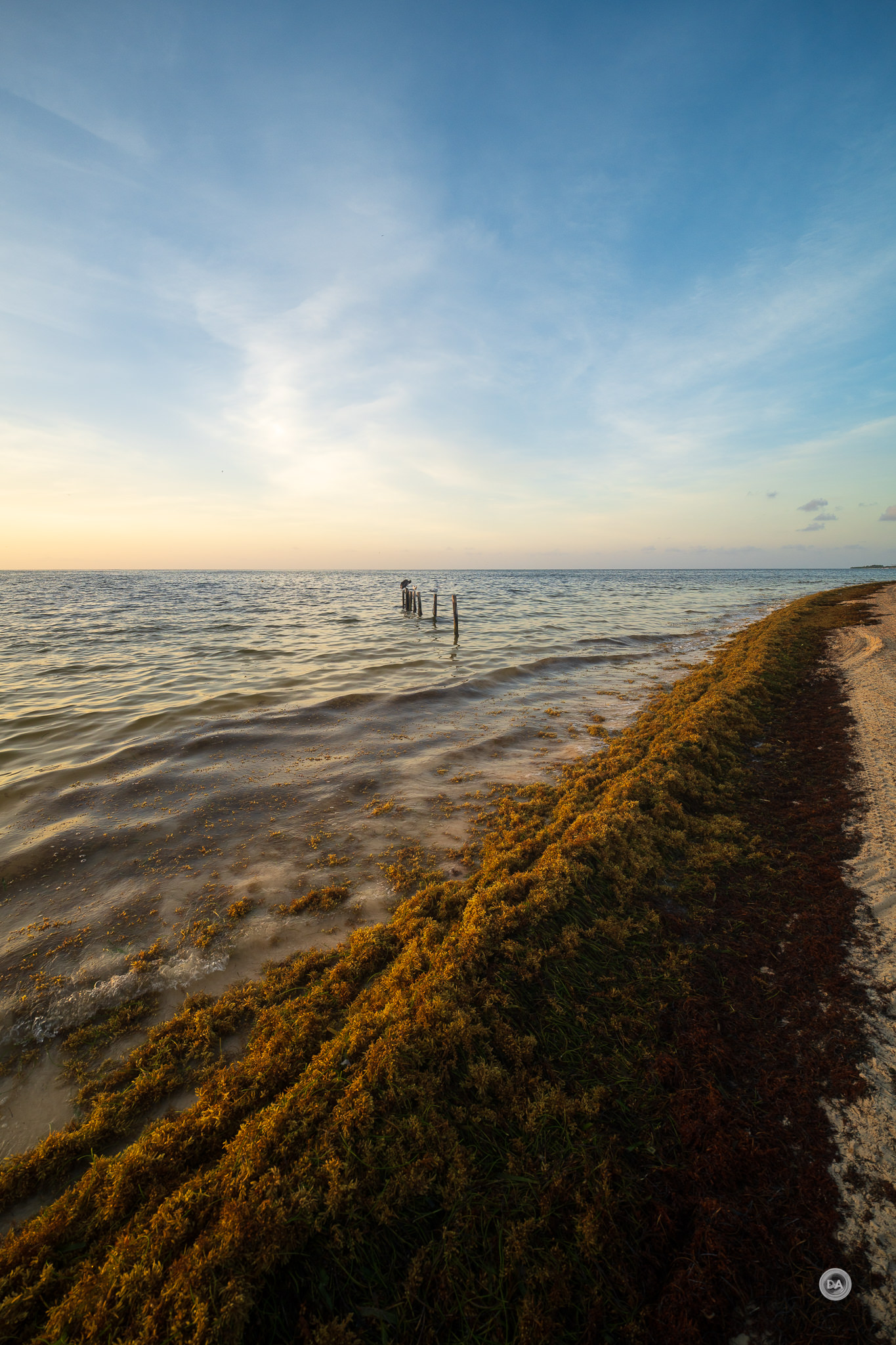
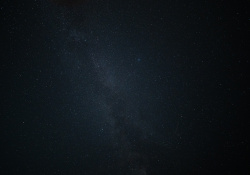
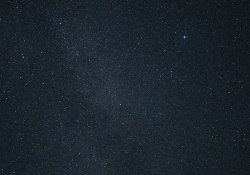
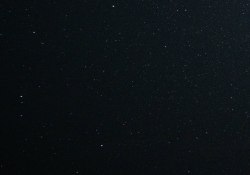

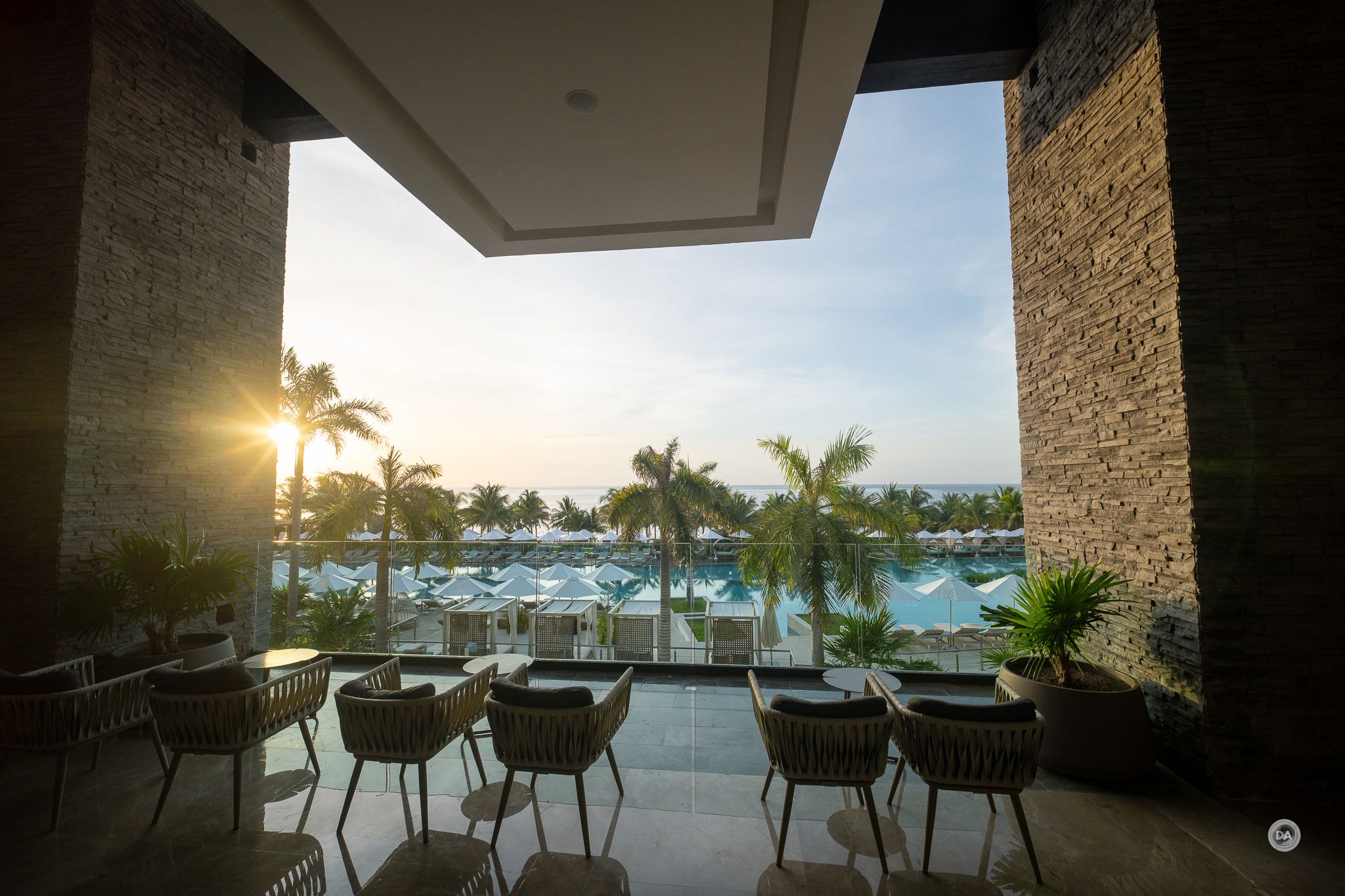
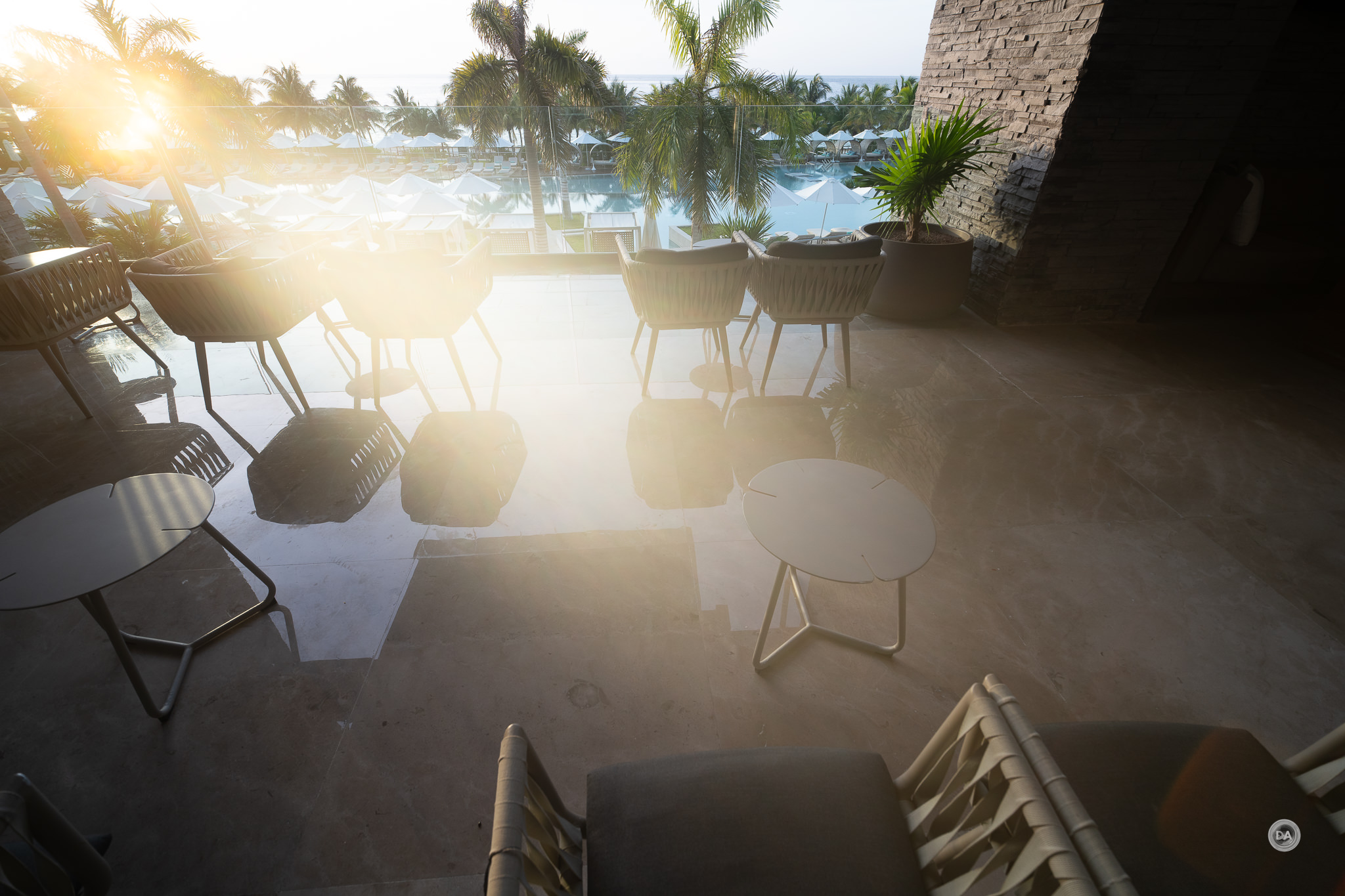
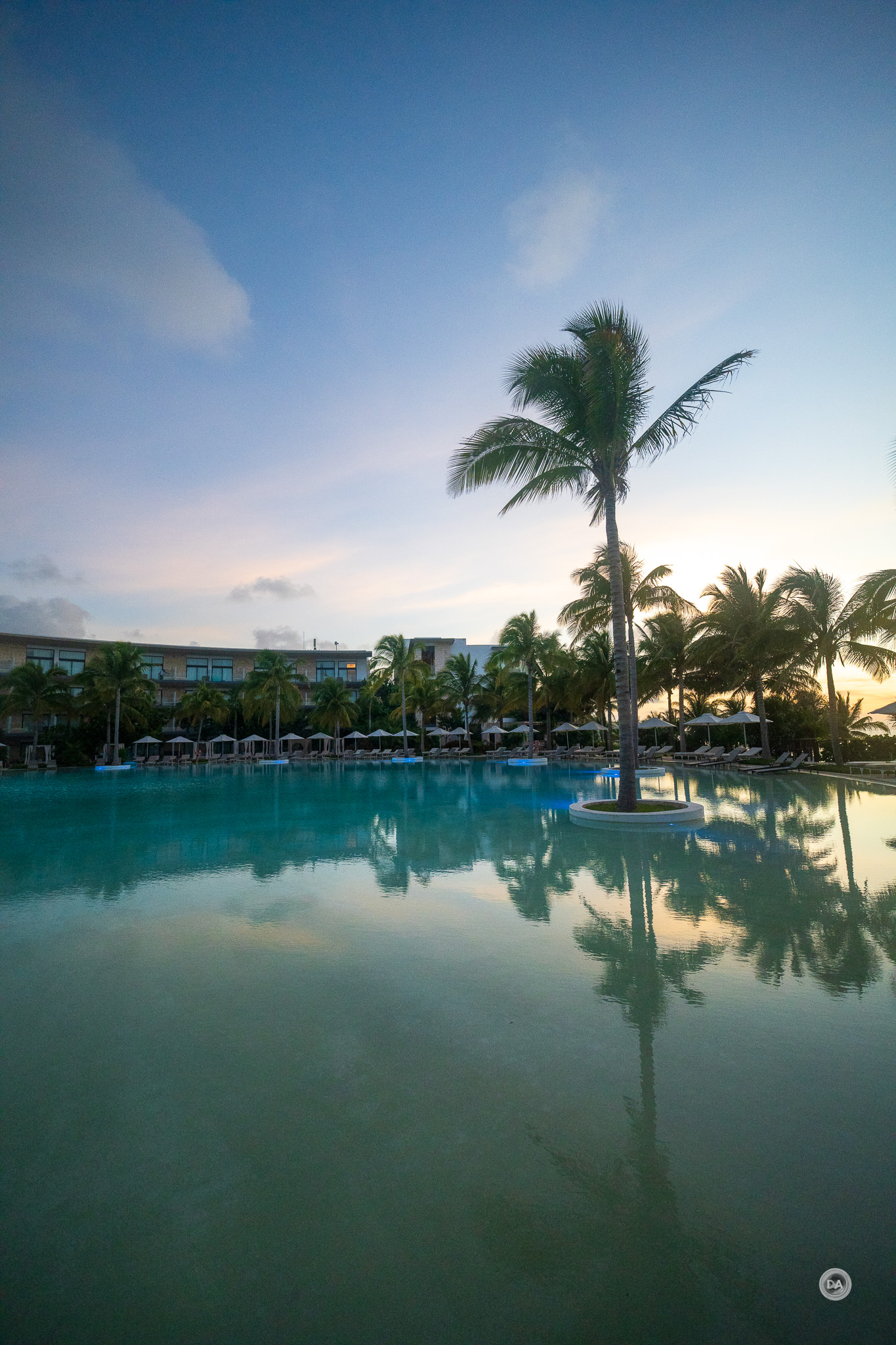


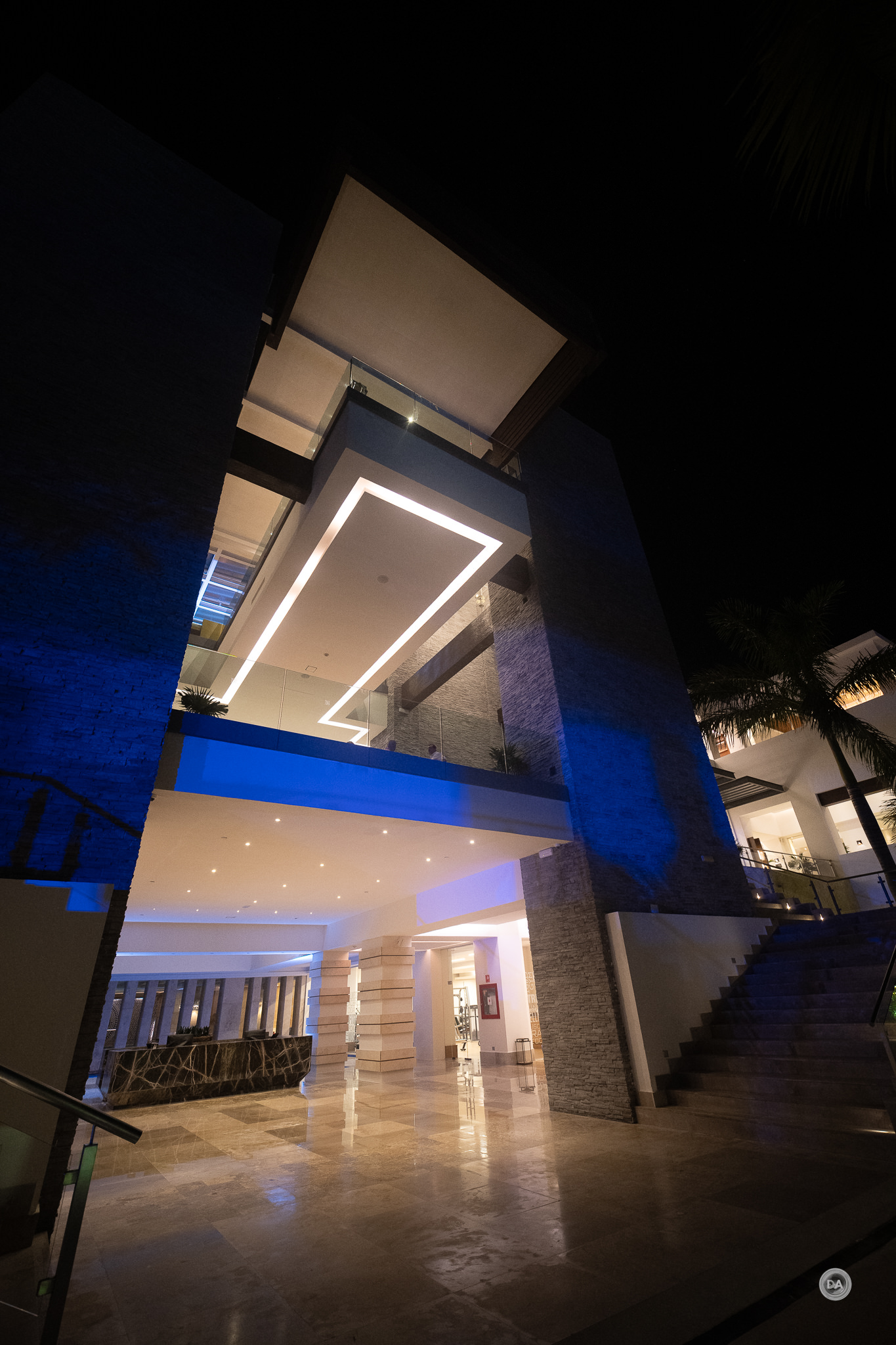
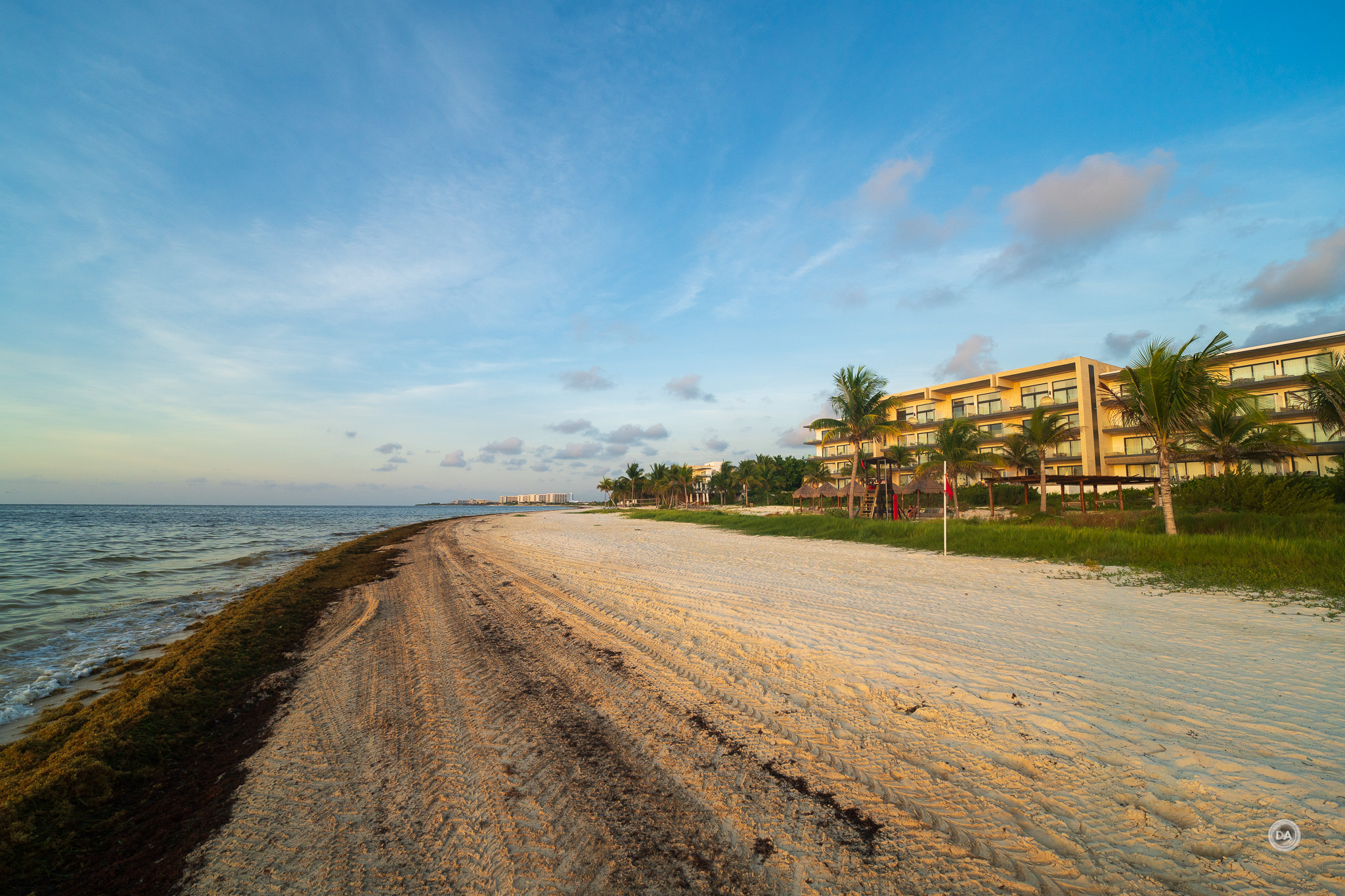
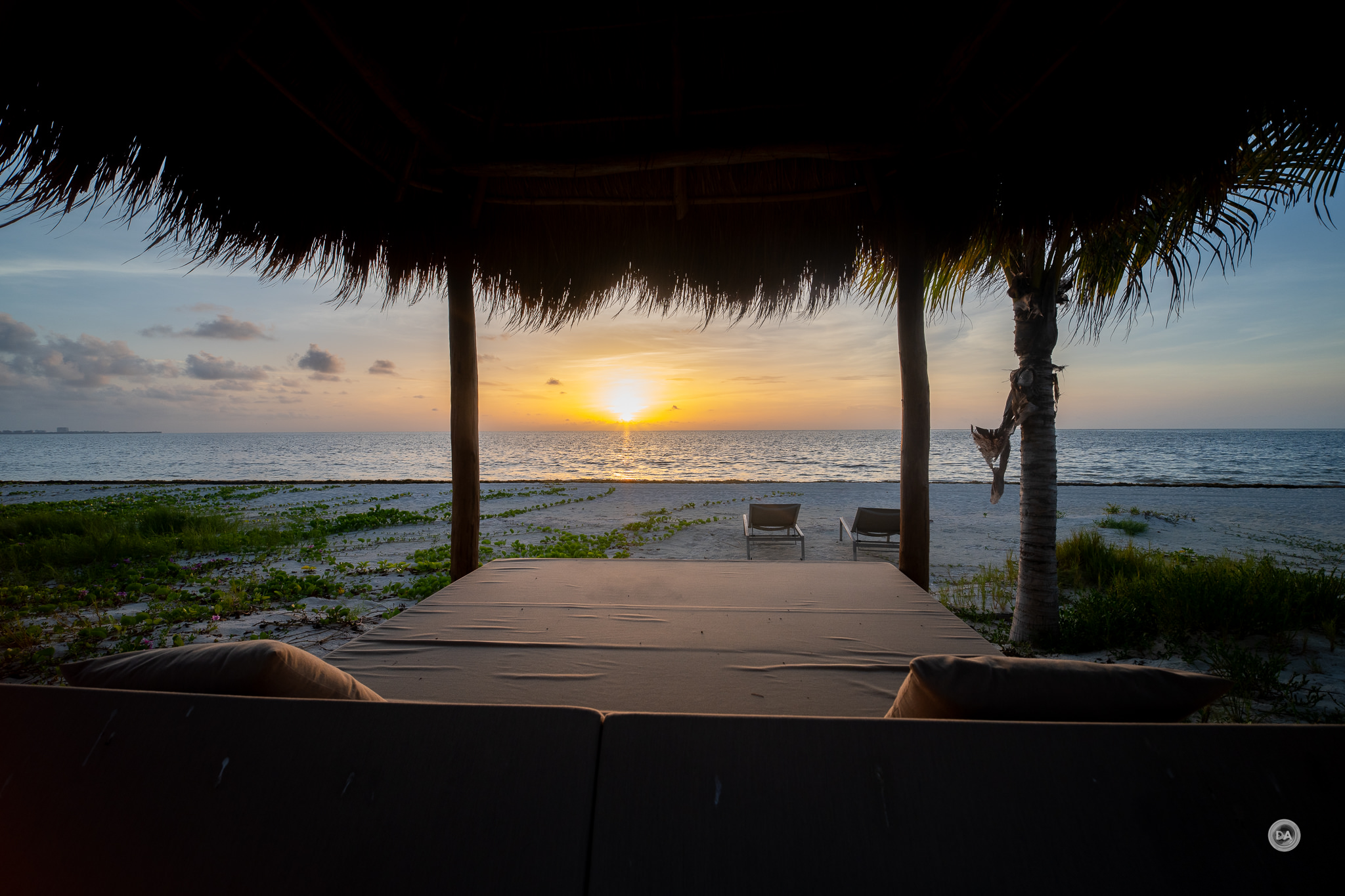




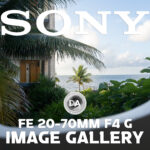





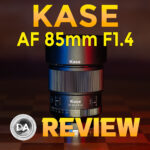

[…] inexpensive Pergear 14mm F2.8 II (my review here) was my biggest surprise. I had low expectations for this inexpensive, very wide angle lens from a […]